| marc7 travels |
|
These twin cities of Mindanao share a colorful past with the country's national hero. While one served as Rizal's "prison", the other city had a more subtle binteraction with our hero. This was my time to unravel the influence of Gat Jose Rizal in the cities of Dipolog and Dapitan! Dipolog City serves as Western Mindanao's gateway. The city is popular for its wild orchids and its bottled sardines industry, owing to the rich fishing grounds along its coasts. Dapitan City, just 20 minutes away, is more popular because it served as Rizal's home while on exile. You walk around the city with the feeling that every corner lives and breathes Rizal. I explored both cities to get to understand how life was for Rizal in his last years and how he influenced the development of the city and lives of the locals. DIPOLOG CITY: A Quaint City Under Construction A large part of Dipolog's man-made attractions were under a beautification program so there were fairly not much to see during my visit. Exploring its streets during the day was exciting as the city buzzed and roared around me while in the evening it drums up the excitement before it tones down by 12mn. Originally called Tulwanan, Dipolog City was once under the jurisdiction of Dapitan sharing a rich cultural history with its twin city. Its original settlers were the Subanen and the succeeding wave of migration from Visayas paved the way to the development of the city to what is it is now. So don't be surprised if you get a vibe similar to other destinations in the Visayas when you walk around the city. Our Lady of the Most Holy Rosary Cathedral At the very heart of the city is the Our Lady of the Most Holy Rosary. Established in 1896, the church stands as a dominant structure in the cityscape of Dipolog City. Its light brown facade gives the church a softer and earthly tone visually. My search for Rizal's influence in the city brought me here. It is believed that the main altar of the church was designed by Dr. Jose Rizal and is part of the church's historical and aesthetic value. The two-level retablo is definitely a sight to behold as it complements the unique wooden ceiling of the church. The interior of the church is one that is to be admired. The brown and white color scheme complements its wooden ceiling giving the church a homey feel. The simple interior also directs your attention to the main centerpiece of the church - its altar. Dipolog City Hall / Founding Father's Statue / Plaza Magsaysay Right in front of the church is the Plaza Magsaysay. However, the park is undergoing a major facelift at the time of my visit. The same goes for the Dipolog City which sita adjacent to the park. A large part of the park the cityhall compound were barricaded so there was very little to see except for the top of the statue of the city's founding fathers - Honorable Pascual Martinez, its first mayor; Father Nicasio Patagan, the first diocesian priest of Mindanao; and Eugenio Magarte, a farmer who introduced a system of rice planting in the country. Zamboanga del Norte Provincial Capitol Dipolog City also serves as the provincial capital of Zamboanga del Norte. A few blocks from the city hall complex is the Capitol Building complex of the province. Similar to the city hall, the complex is also undergoing a major facelift. From its barricaded front, one can see that the capitol building has a touch of colonial influence with its design. P'gsalabuk Circle / Dipolog Rotunda A short ride from the Capitol Building is the Dipolog Rotunda. Its main centerpiece is the "Fountain of Blessing". The statue, standing at 4.5 meters, represents the tri-people of Mindanao, Subanen, Muslim, and Christians, united in its vision and goals. It represents unity amidst diversity. Sta. Cruz Marker This tall cross that stands at Punta Corro is a symbolic landmark where the Boholanos landed and established a settlement. Erected in May 1905, the cross is a thanksgiving offering for the safe journey of the migrating Boholanos. Mass were held on the same spot before Spanish friars established a chapel on the present-day church of the city. Dipolog Sunset Boulevard The Dipolog Sunset Boulevard is a 1.6 kilometer esplanade along the coastal waters of the city. The stretch is lined up with cafes and bars, as well as, sports facilities and children parks that make it a favorite afternoon and evening spot of both locals and tourists. If you are lucky, you can even catch a local trade show being in full force at the esplanade. The boulevard is a perfect way to cap off the day as you enjoy the color hues of the sunset with your favorite drink on hand. Watch locals walk or jog along the stretch of the beach or enjoy watching skimboarders catch their next wave. The Dipolog Sunset Boulevard is definitely a great place to chill and enjoy the vibe of this city. There are still plans of extending the esplanade tonthe seaport of Galas. When that happens, the whole stretch would be a length of 2.6 kilometers. The esplanade is also looked on as a venue for multi-sport activities as it developes. PS. You can also check out Linabo Peak which I was not able to visit due to time and health constraints at the time of my visit. DAPITAN CITY: A City That Lives and Breathes Rizal Dapitan City is historically significant as Gat Jose Rizal was exiled to this city for his alleged involvement in the revolution. The time spent by Rizal in the city has significantly molded what the city is now. It lives and breathes Rizal. Dapitan's rich history goes beyond the Spanish period with its earlier inhabitants, the Subanens. The early trade relations have exposed the city to various influences. It is often referred to as the Mindanao's capital. Liwasan ng Dapitan At the heart of the city is a sprawling park that was designed by Dr. Jose Rizal - the "Liwasan ng Dapitan". The open-space park has a statue of the national hero as its centerpiece. Beyond the statue of Jose Rizal, the touch of the national hero is present with the acacia trees that he personally planted during his exile. In one corner of the plaza, the one facing the church, is a relief map of Mindanao. Rizal, his former teacher, church workers, and some students worked together in creating the relief map which is now part of the country's Cultural Treasure. St. James the Greater Church Dominating the Dapitan skyline are the two sphires of the St. James the Greater Church. Originally constructed in 1871, the original structure to the present is a labor of faith and love by the people of Dapitan. The church stands as a living testament to the strong faith of its locals. The simple exterior of the church is a complete contrast to the elegant artistry of its interiors. The pillars lined with angels directs your attention to the simple altar of the church. But what reallybstands out is the creative design of its ceilings that seems to swirl when you stare at it. On the far left of the church is another historical marker that points to the spot where Dr. Jose Rizal stands to hear mass during the time that he was in exile. Casa Real / Heritage House Dapitan City is an old town so do not be surprised to see heritage houses along its streets. Casa Real, just a few steps away from the plaza, was the home of the Spanish Military Governor. This was where Dr. Jose Rizal stayed during the early months of his exile before being moved to Talisay, or the Rizal Shrine. Just a few minutes walk from the plaza is the Polo-Dapitan National Road that is lined with old heritage houses. These houses are well maintained and can be admired for its timeless beauty. The two-storey Heritage House, along Josephine Bracken Street, is one of the well-preserved houses that now serves as the city's tourism office. Our Lady of Lourdes Grotto and Ilihan Hill A 10-minute walk from the church is the Our Lady of Lourdes Grotto. This small prayer area is one of the less visited destinations in Dapitan. The area where the grotto stands used to be the ancient burial grounds of locals. Adjacent to the grotto is the location where the first church of Dapitan was established. The grotto stands on a natural rock formation giving it a more dramatic vibe. Devotees usually visit the grotto in prayer for good health. A couple of meters from the grotto, you will find the gate and the stairs leading to the top of Ilihan Hill. The hill offers an amazing panoramic view of Dapitan City. Unfortunately, due to time and health constraints, I was not able to climb up the hill to check out the view. Punto del Disembarco de Rizal At the end of the Dapitan Boulevard, one will find a huge monument that depicts Rizal's arrival in Dapitan City during his exile. The Punto del Disembarco de Rizal is the spot where Dr. Jose Rizal landed in the city. The landing site depicts Dr. Jose Rizal, the captain, and three artillery men landing along the beach. Dr. Rizal arrived at 7pm on July 17, 1982 and was quickly led to Casa Real to start his life of exile in Dapitan. The shrine is also dedicated to local Dapitanons who share Rizal's vision for the city as a progressive town. Rizal Shrine Life on exile was not as bad as it may seem for Rizal. His home in Talisay, a few minutes ride away from the city center, is a sprawling compound where he spent his life practicing medicine and teaching young boys of Dapitan. The compound is now known as the Rizal Shrine of Dapitan. The park is well-maintained and walking through its grounds gives you a glimpse of Rizal's life while in Dapitan. The replicas of houses that he built gives you a clear picture of how his day went inside the sprawling compound. First stop in the shrine is the Museo ni Jose Rizal. The museum gives you an overview of Rizal's life on exile - the things that kept him busy and his practice in medicine. It also serves as the repository of Rizal's personal effects. One can also read up on his writings and appreciate his creativity through his artworks. I walked along the cemented pathway through its forest canopy. The pathway snakes through the forest that surround the shrine. This is where Dr. Rizal and his students were able to identify the different species of flora and fauna that one can find in Dapitan. Apart from appreciating nature, one can also have a landscape view of Rizal's compound and the replica of the houses that he built for a specific purpose. At the end of the canopy walk is the "Bato ng Mi Retiro". This huge rock formation facing the sea is where Dr. Rizal wrote his longest poem while in exile - Mi Retiro. In this poem, the national hero describes his life in exile in Dapitan. The "Bahay na Parisukat" served as the dormitory of Rizal's students. The area below the house served as the student's workshop area. A few steps away from the dormitory is the spot where Dr. Valenzuela and Rizal met to discuss the revolution plans. A few meters away from the historical marker is the spot by the beach where Dr. Jose Rizal boarded a boat bound for Manila in July of 1896. Even during his exile, the national hero received patients in Dapitan who sought his medical expertise. He constructed two huts, the Casitas de Salud, where these patients were billeted during their stay in Dapitan. Rizal also constructed a dam within the compound to manage the water resource of the compound. The dam is still functional to this day. The Casa Residencia is the main house in the compound. The house served as Rizal's home and was once the home of his mother and sisters. This was also the home that he shared with his wife, Josephine Bracken. There are two huts that sits adjacent to the Casa Residencia. The first is an open-air hut measuring 14 by 10 feet which serves as the kitchen. It was designed as such to allow air to pass through the hut preventing the accumulation of smoke. The second hut is the "Casa Redonda Pequena" where he takes care of his poultry. One of the huts that you will first see in the compound is the Casa Redonda. The octagonal hut serves as Dr. Jose Rizal's clinic and was also initially used as dormitory of his students. It was also in this hit where Josephine Bracken stayed when she first arrived in Dapitan. I strongly suggest that you take your time when you explore the Rizal Shrine in Dapitan. Its rich history will give you a glimpse of Rizal's life and works. He was a peace-loving man who always aimed to make a contribution to the development of Dapitan and its locals. The sprawling park, not only enriches you, but also relaxes your mind with its natural beauty. POST TRAVEL NOTES I am a history buff and, with my age, I have learned to appreciate history now compared when I was still in school. Tracing Rizal's influence in Dipolog and Dapitan was something that really got me excited. Admiring his creativity on Dipolog's altar design and Dapitan City Plaza's design gave me a glimpse of how he thinks. Walking through his property in Talisay gave me a feel of how he breathed and lived while in exile in Dapitan. Dr. Jose Rizal is a selfless person. He was not afraid to share his ideas on how to improve the way of living in the places that he lived in. He strived to utilize his resources on making sure that he can enrich the lives of the people around him. His earnings from his medical practice even ends up funding projects for the community. He always strived to make sure that he makes a difference to the locals of the community he is in. If only all Filipinos live this way, our nation will definitely be better. Getting There: Philippine Airline and Cebu Pacific Air have regular flights to Dipolog City. From Dipolog City, one can take a bus to Dapitan City. From Ozamiz City or Oroquieta City, one can take a bus bound to Dipolog City. Travel time is about three hours from Oroquieta City. Travel Notes: Here is my #ByahengPaDODO itinerary Day 1 (Pagadian City) 8.00am – Arrival at Pagadian via Cebu Pacific / Drop off bags at hotel. 9.00am – ETD to Pulacan Falls 9.30am – Pulacan Falls 11.00am – Brunch or Early Lunch (Suggested: Brew and Bake) 12.00nn – City Walking Tour (Santo Nino Cathedral Parish Church/Pagadian City Hall/ Plaza Luz / Zamboanga del Sur Capitol Building / Rotonda Park) 3.00pm – Isla Putting Balas / Dao-Dao Island 5.30pm – Walk around Pagadian Boulevard (You can also opt to do this in the morning to catch the sunrise) 7.00pm – Dinner then back at the hotel You can read my full Pagadian travel blog here. Day 2 (Pagadian City / Ozamiz City) 5.30a – Sunrise at Pagadian Boulevard. 7.00a – Breakfast and check out of the hotel. 8.00a – ETD for Ozamiz City 11.00a – ETA at Ozamiz City / Check-in at Hotel / Lunch 12.30p – Visit Immaculate Conception Metropolitan Cathedral 1.00p – Visit Bukagan Hill / Ozamiz Seaside Road 2.30p – Visit Cota Shrine / Cota Beach / Birhen sa Cota / Ozamiz City Hall 4.30p – Explore the streets of Ozamiz City (Heritage Houses) 7.00p – Dinner 8.00p – Back at hotel Day 3 (Oroquieta City/Dipolog City) 8.00a – ETD to Oroquieta City 9.30a – ETA at Oroquieta City 10.00a – Visit Misamis Occidental Capitol Grounds / Oroquieta City Hall and Plaza / Holy Rosary Church / Oroquieta City Hanging Bridge 12.00n – Lunch at Payling’s 1.30pm – ETD to Dipolog City 4.30pm – ETA to at Dipolog City / Check-in at Hotel 5.00pm – Dipolog City Walking Tour (Our Lady of the Most Holy Rosary Cathedral / Dipolog City Hall / Magsaysay Park / Zamboanga del Norte Provincial Capitol / Dipolog City Rotunda 6.00pm – Santa Cruz Marker / Dipolog Sunset Boulevard 7.30pm – Dinner You can read my full Ozamiz and Oroquieta blog here. Day 4 (Dapitan City) 8.00am – ETD to Dapitan City 8.30am – ETA to Dapitan City 9.00am – Dapitan City Plaza / St. James the Greater Church / Casa Real / Heritage House / Our Lady of Lourdes Grotto / Ilihan Hill 10.30pm - Punto del Disembarco de Rizal 11.30pm – Rizal Shrine Dapitan City 2.00pm – Late Lunch in Dapitan City 4.00pm – ETA in Dipolog City. Free Time.
0 Comments
Leave a Reply. |
Marc del Rosario
I believe in education, entrepreneurship, and caring for the environment. Archives
June 2024
|
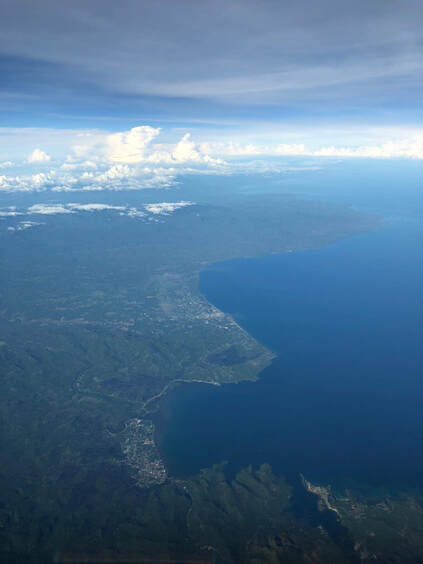
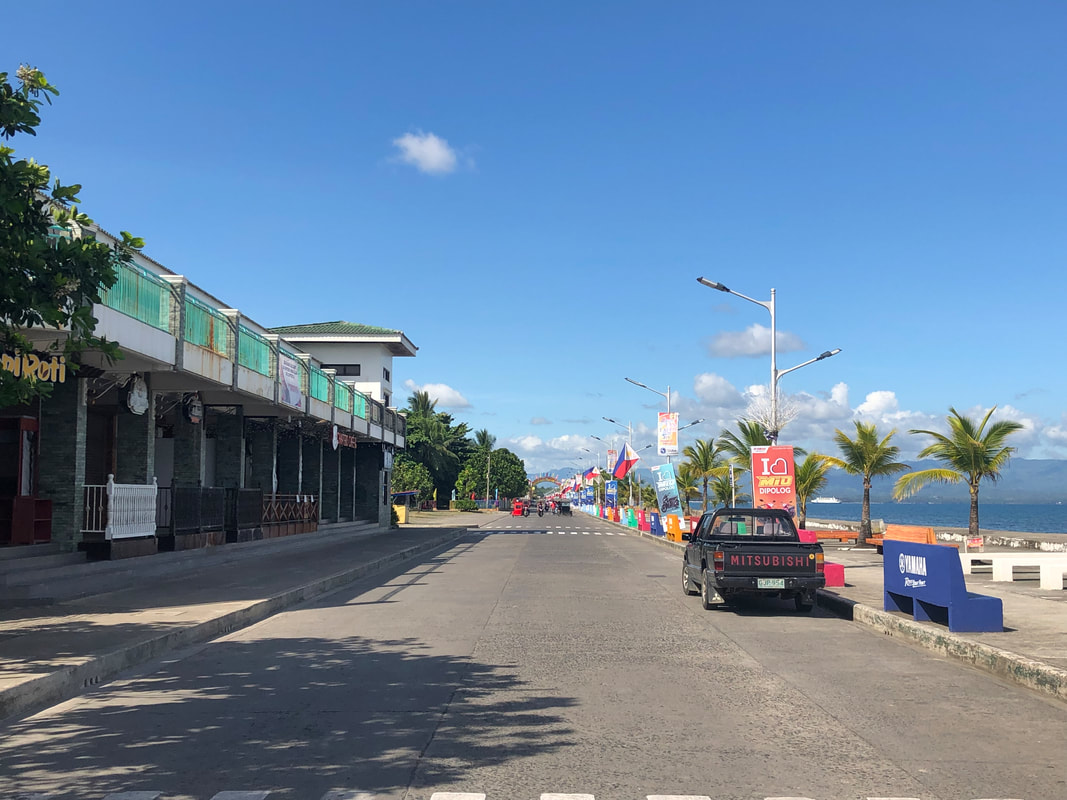
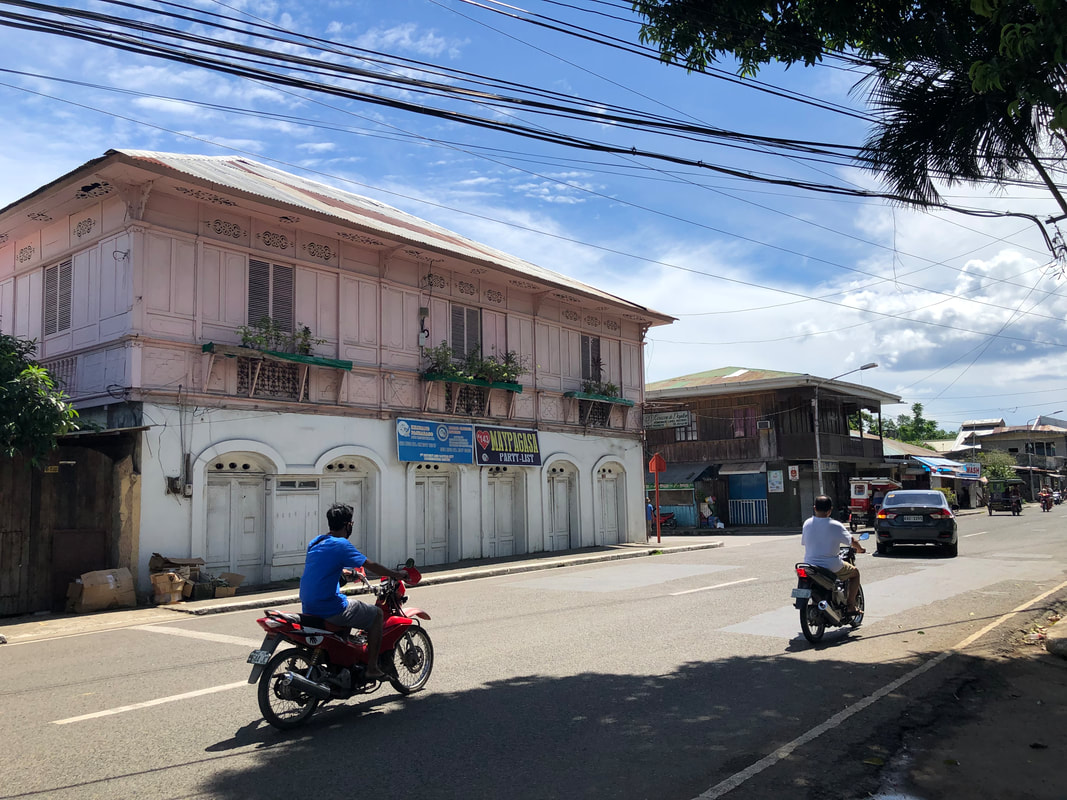
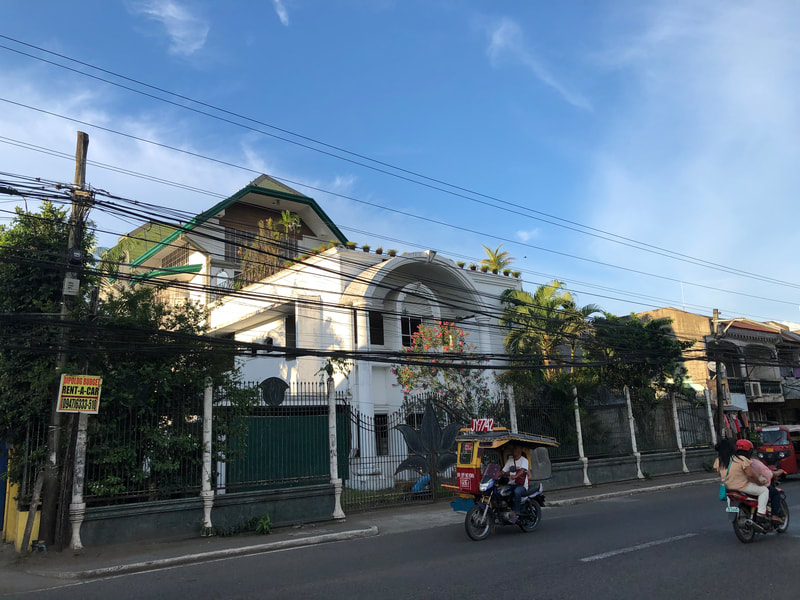

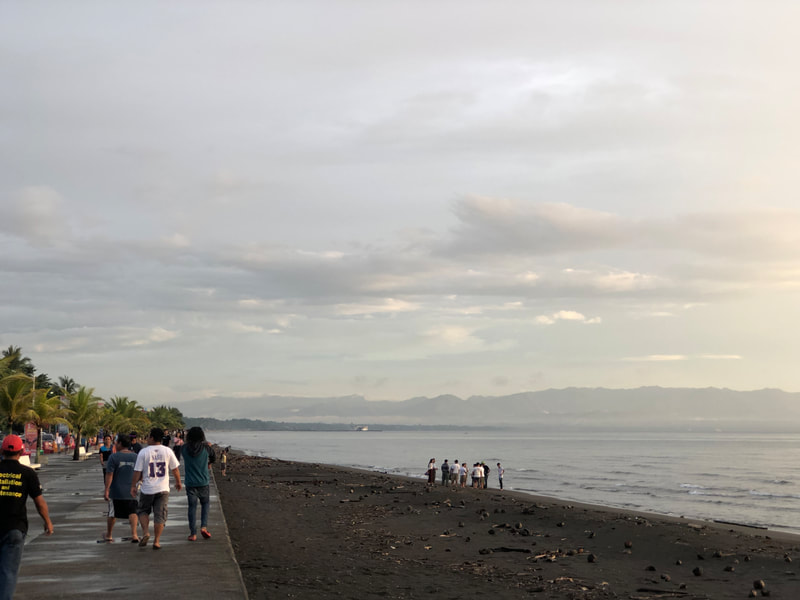
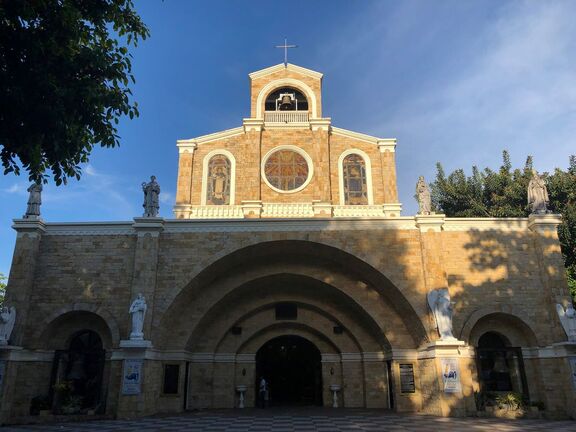


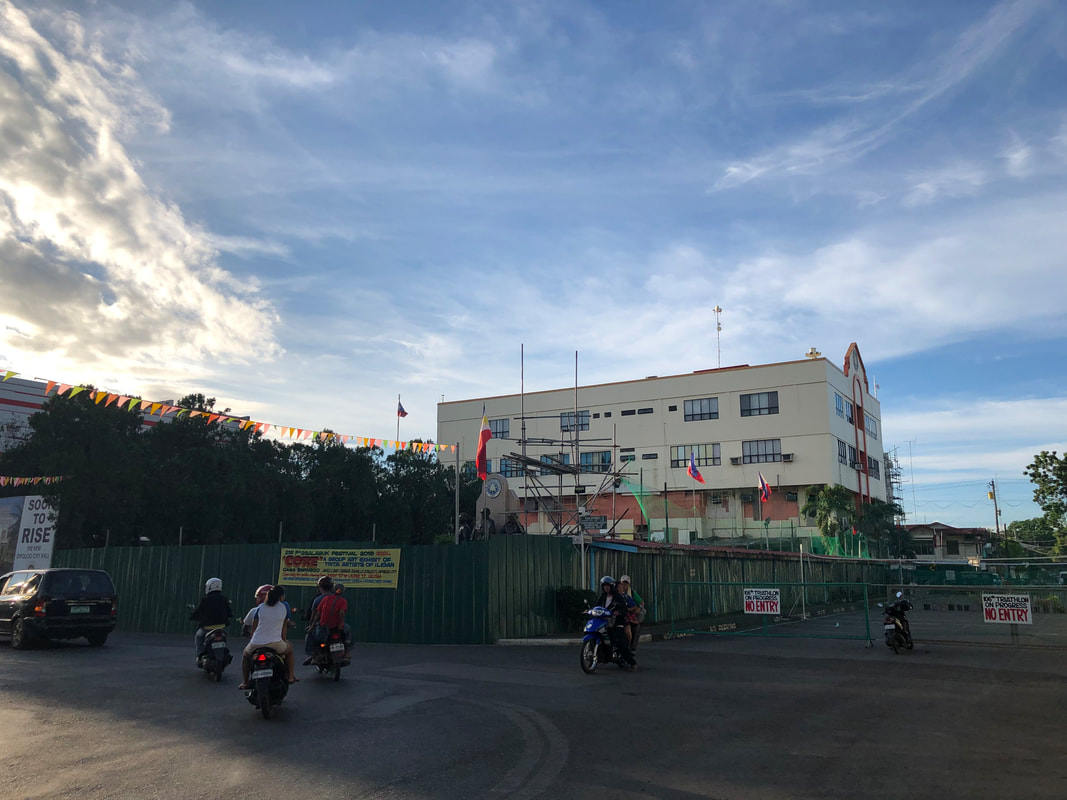
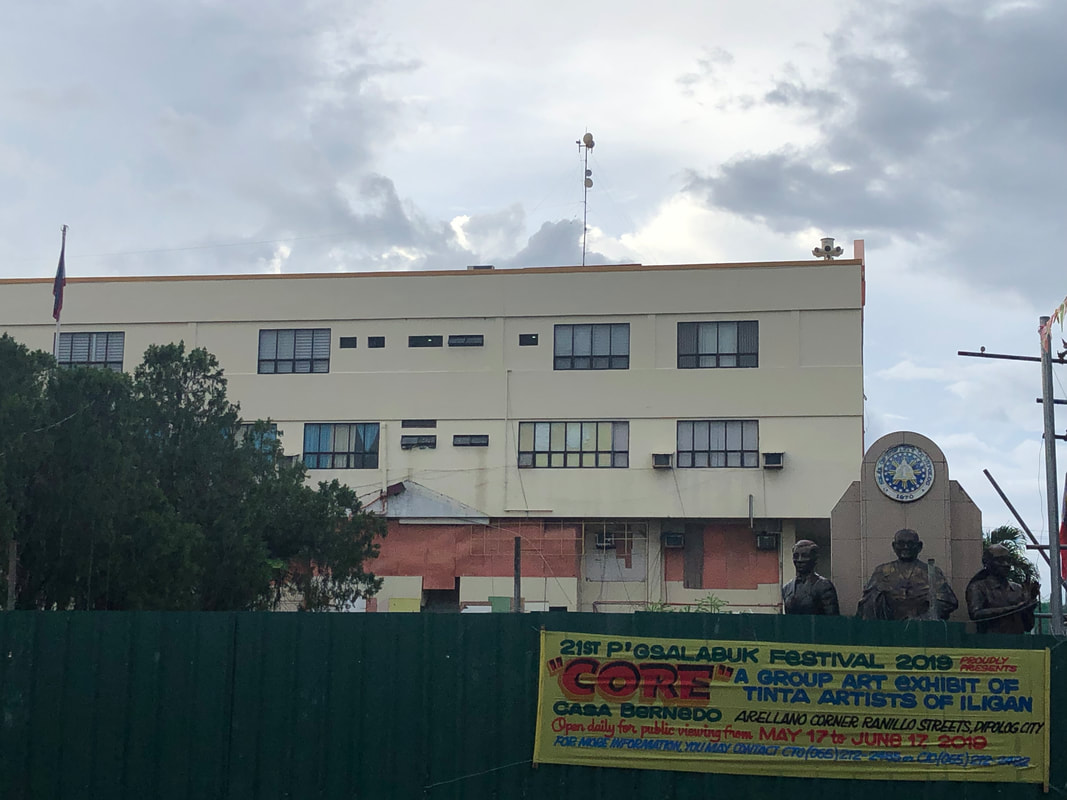
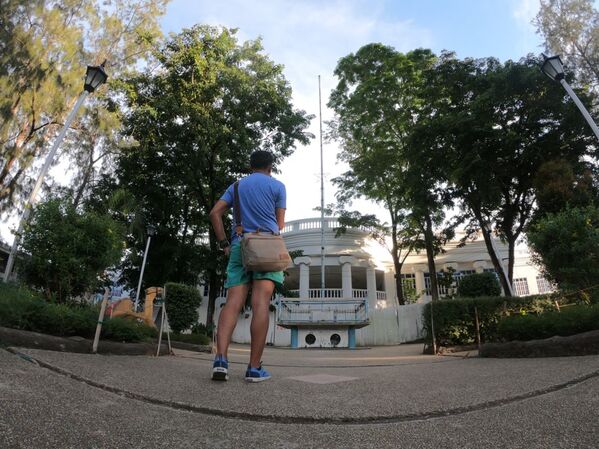
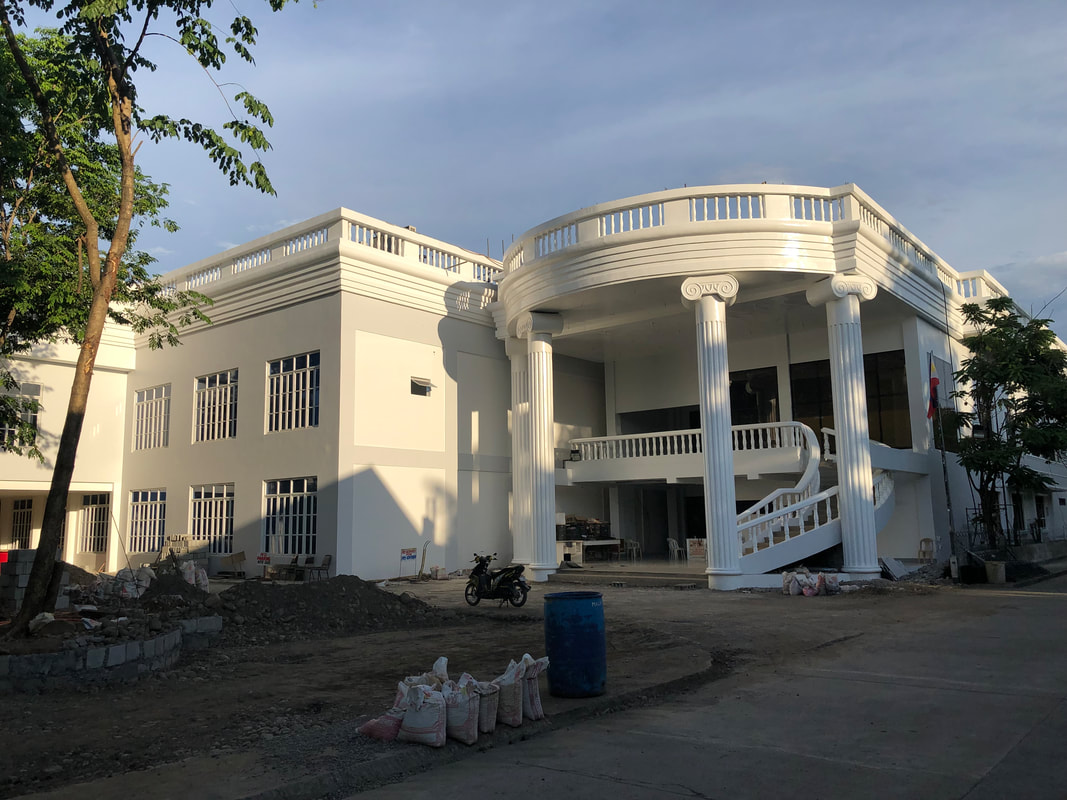
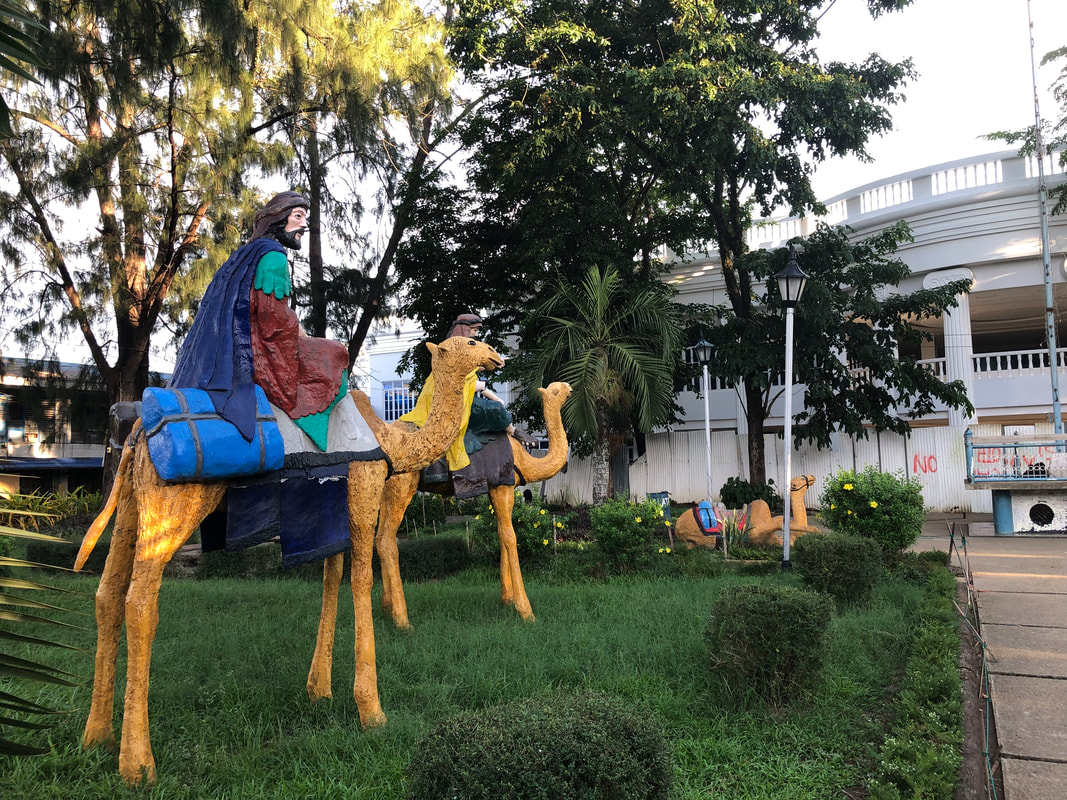

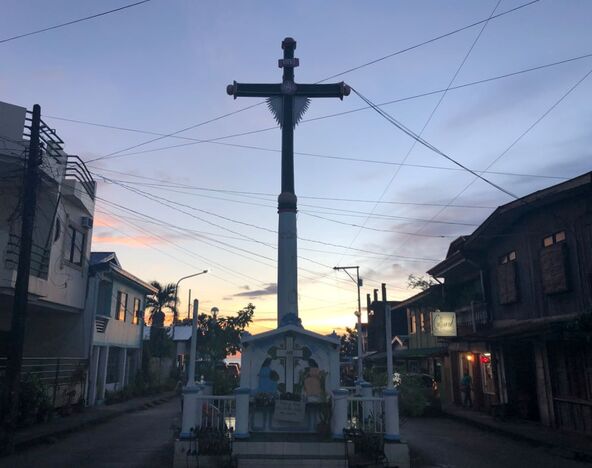
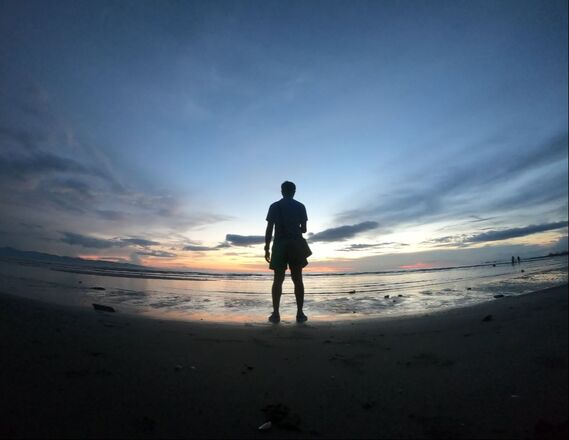
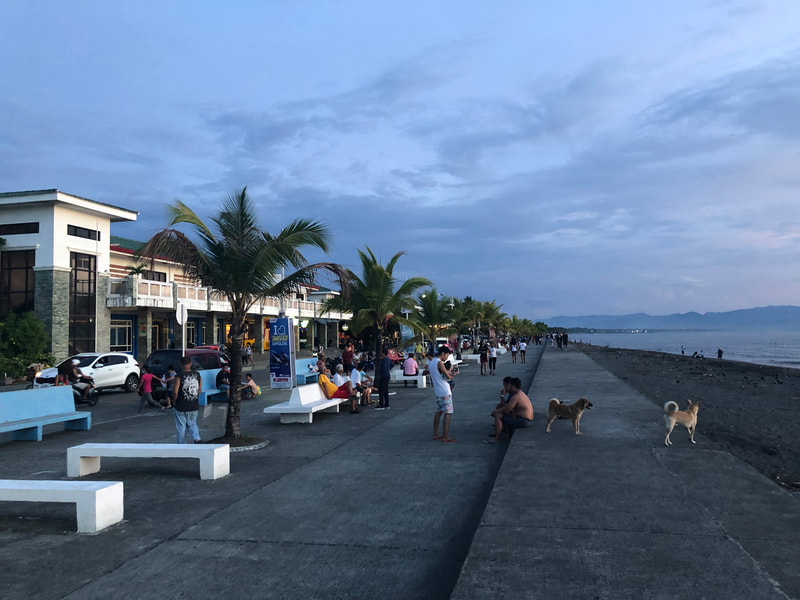
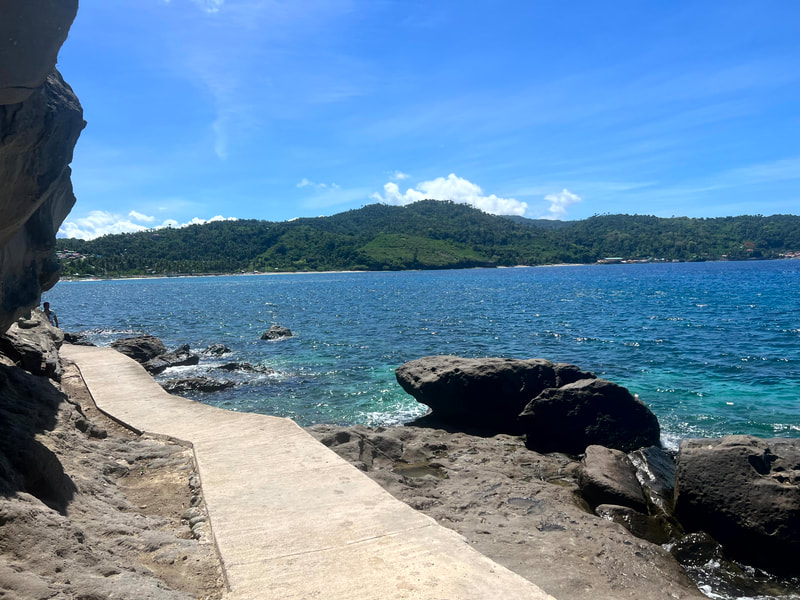
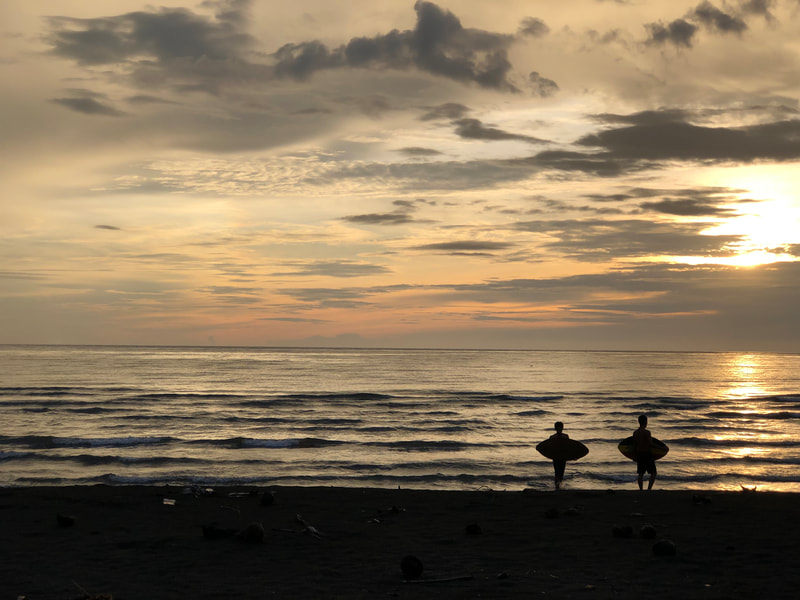
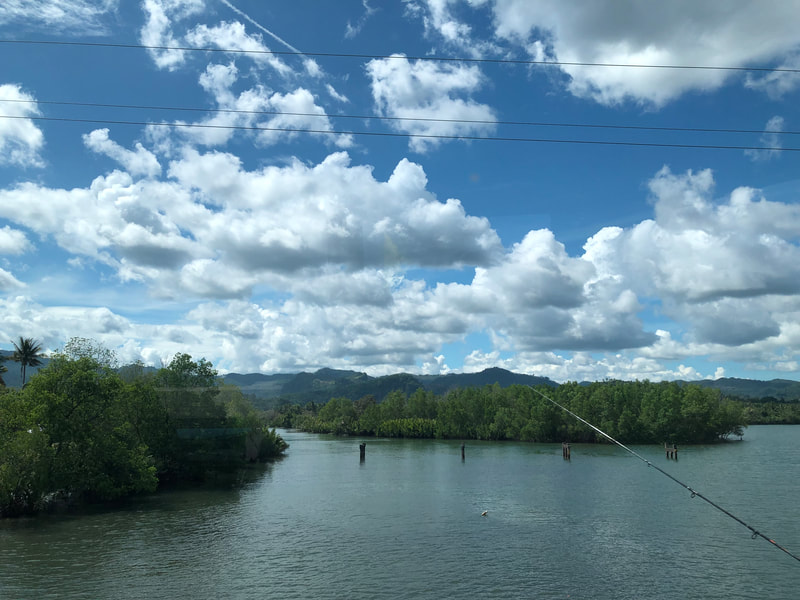

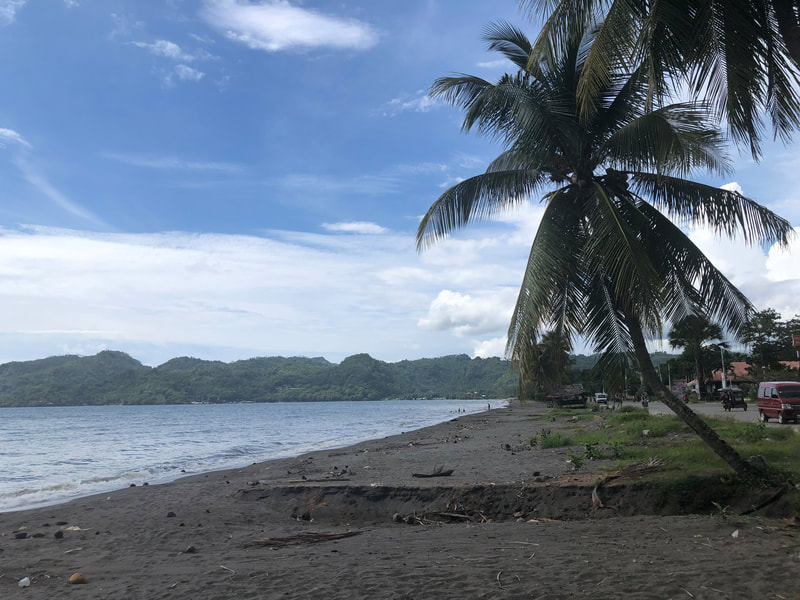
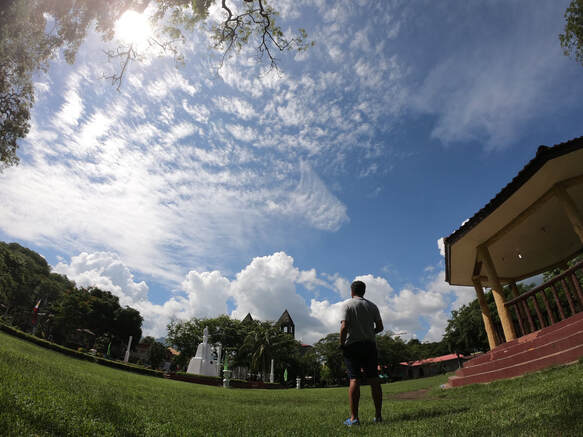
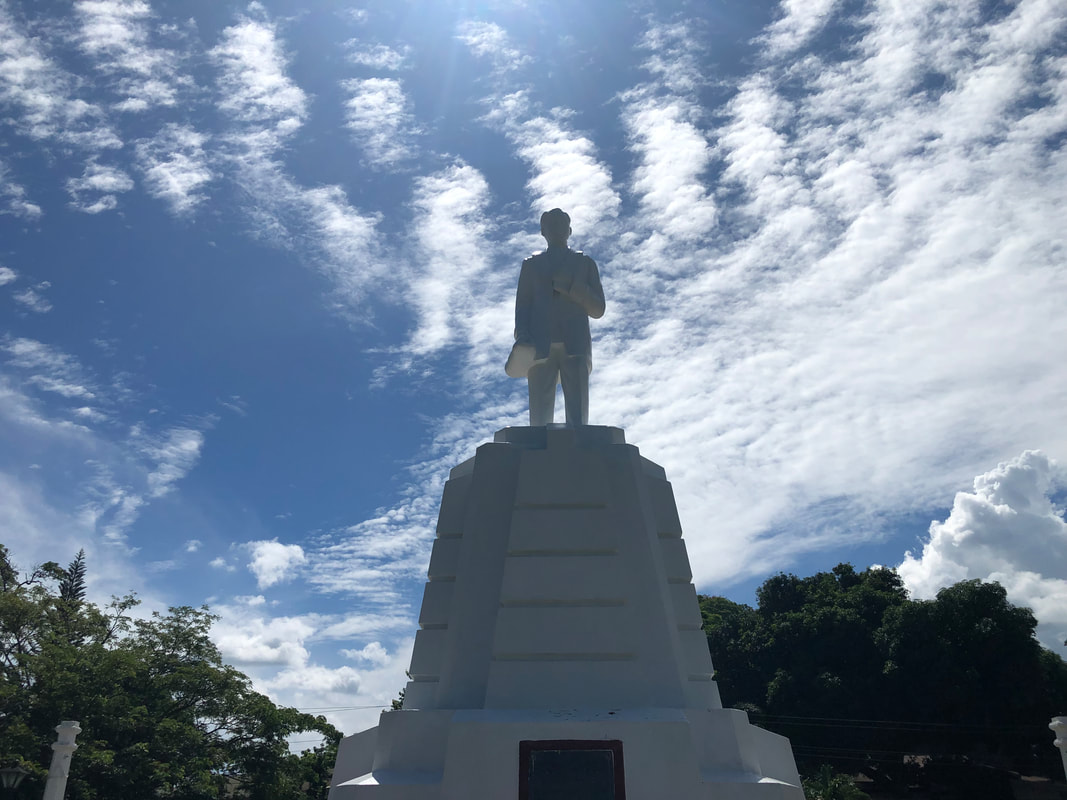
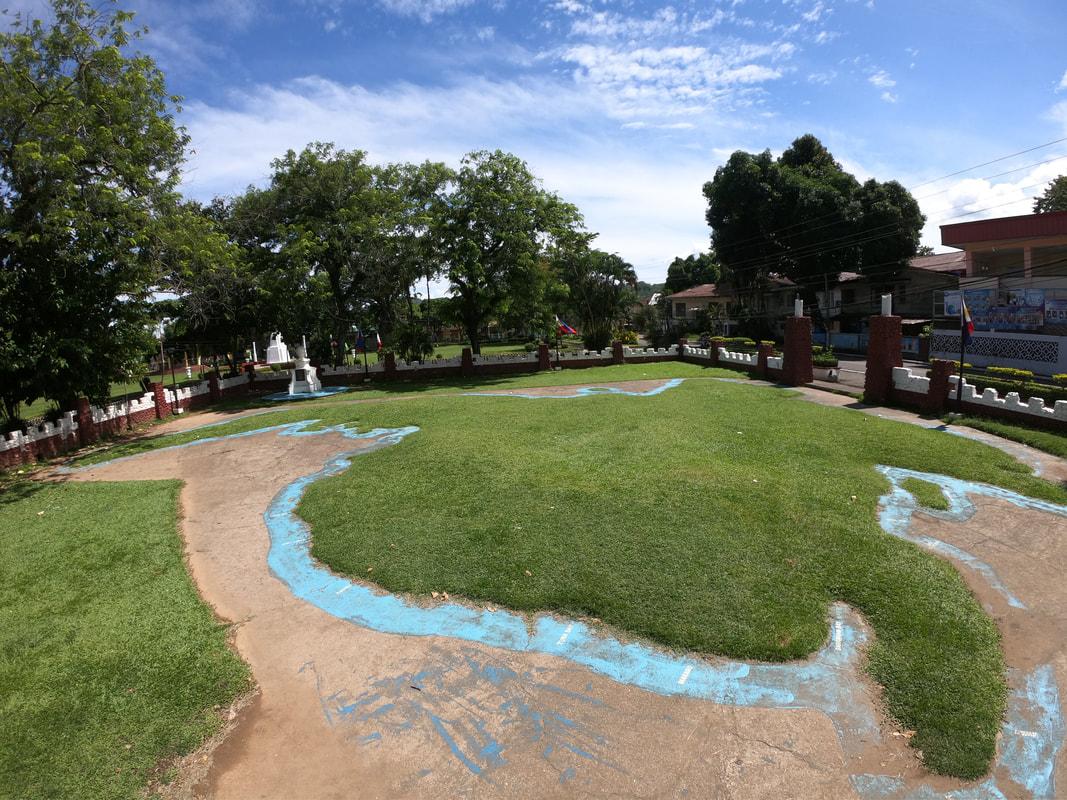
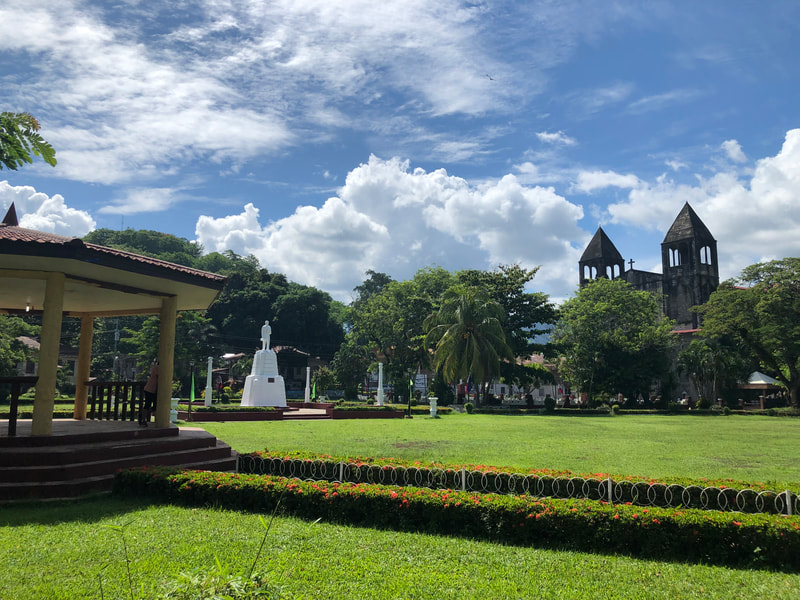
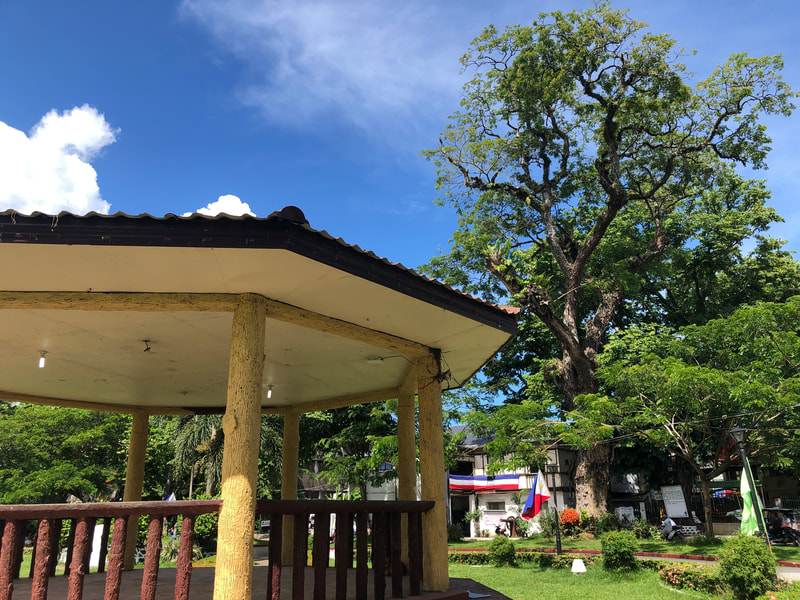
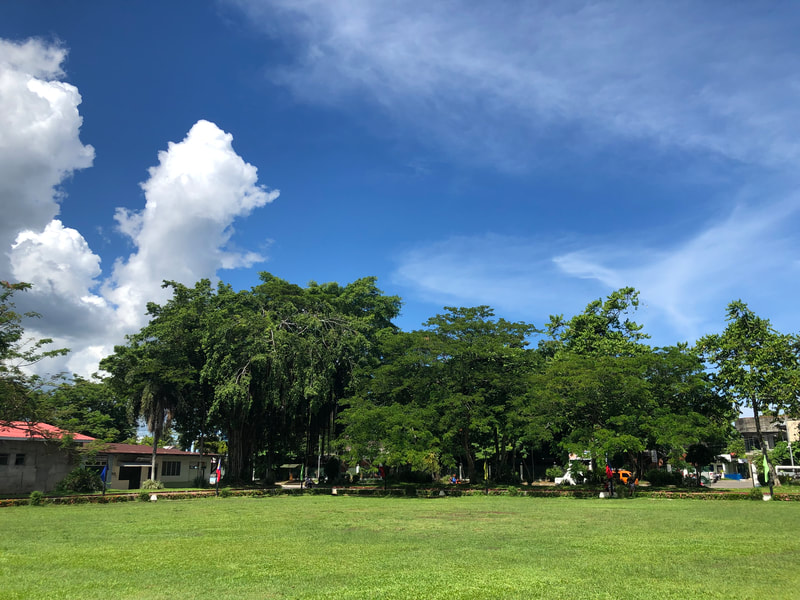
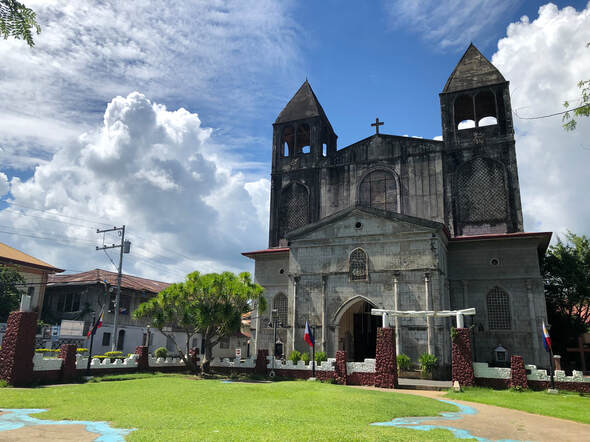
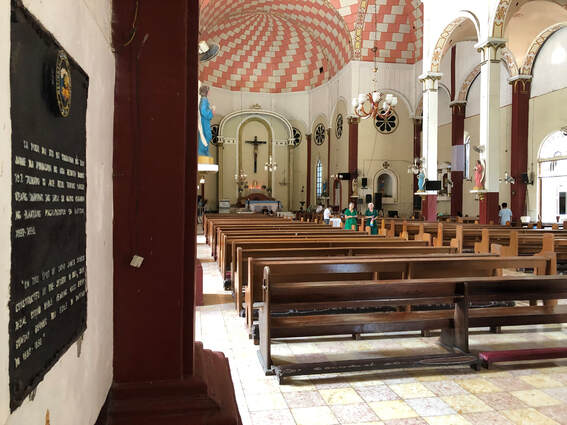
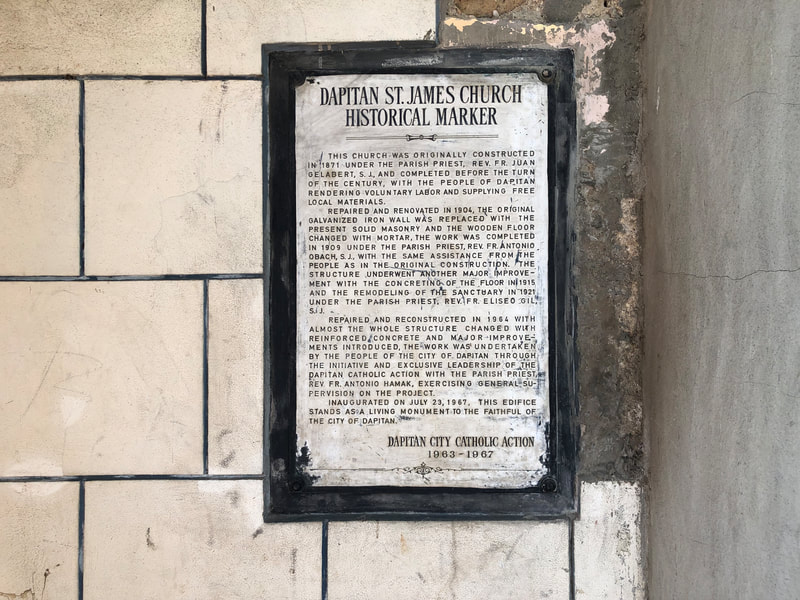
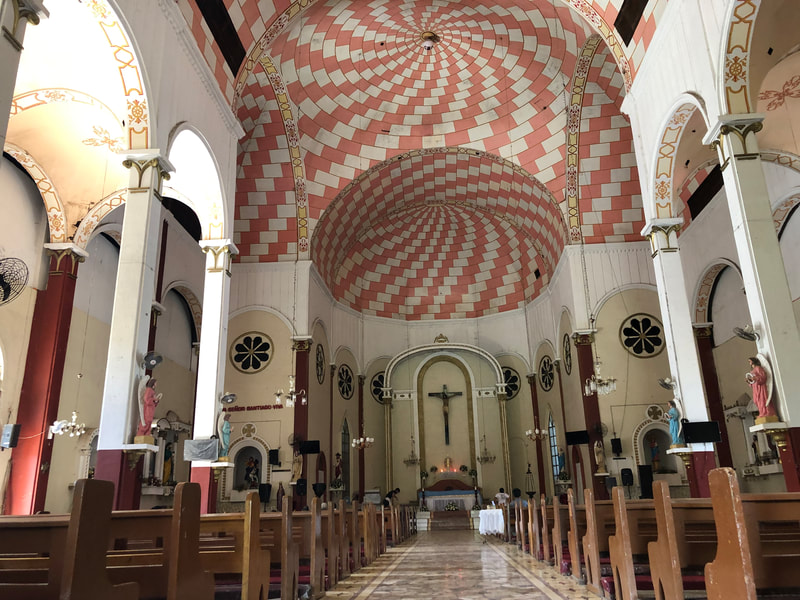

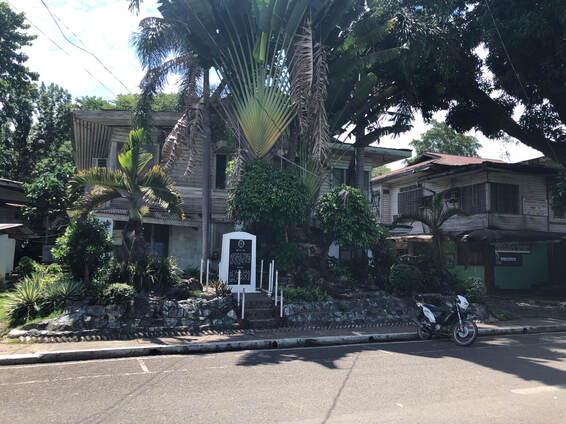
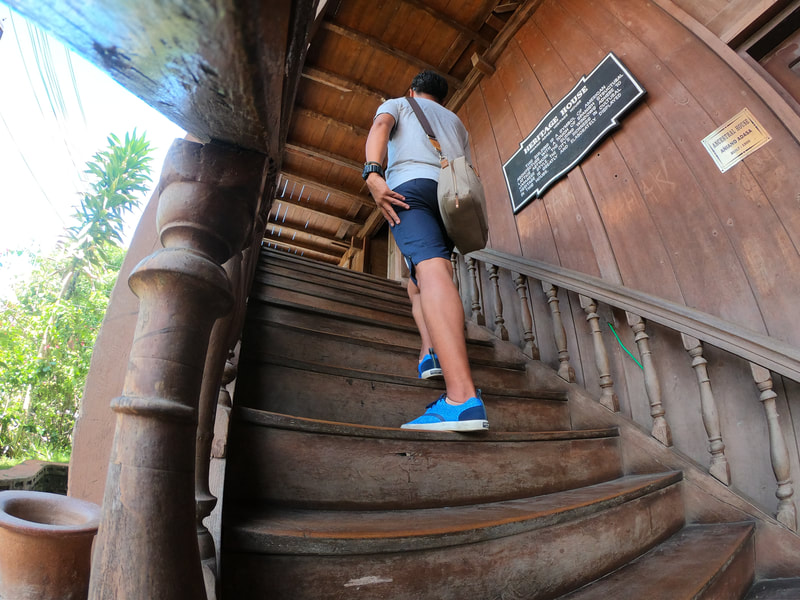
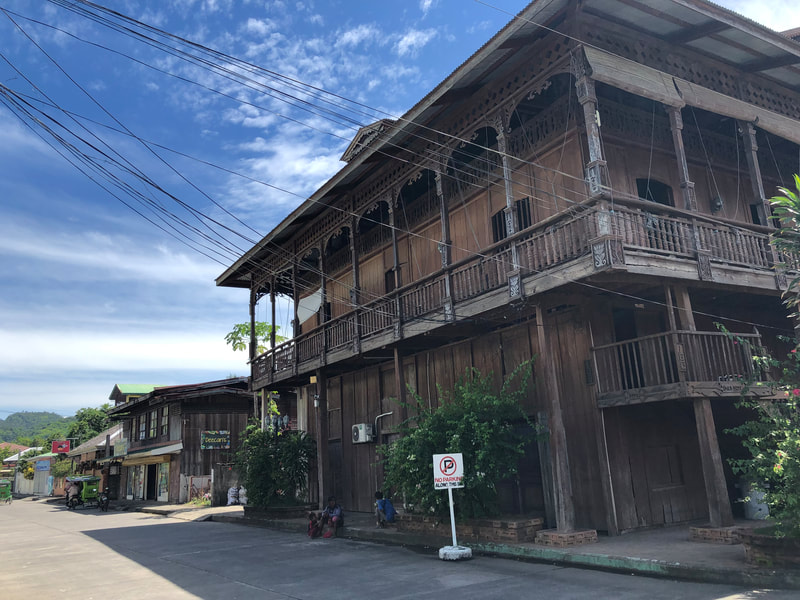
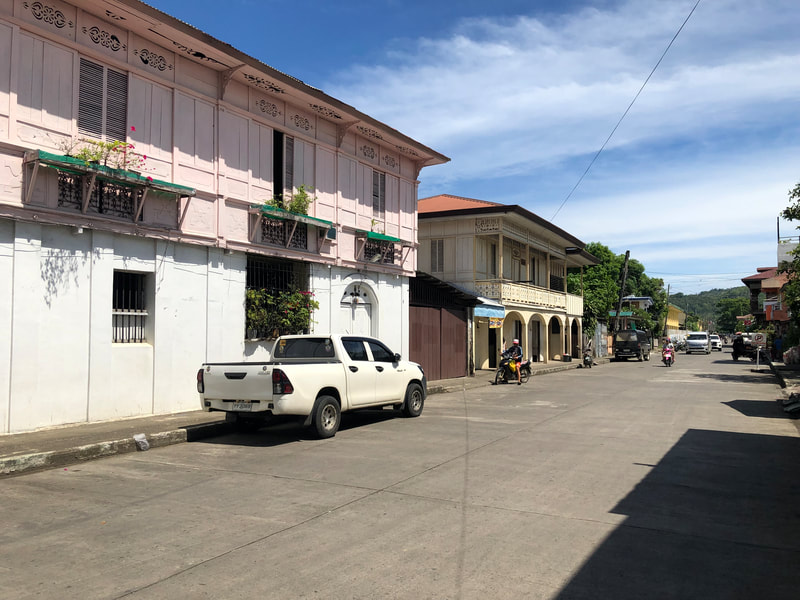
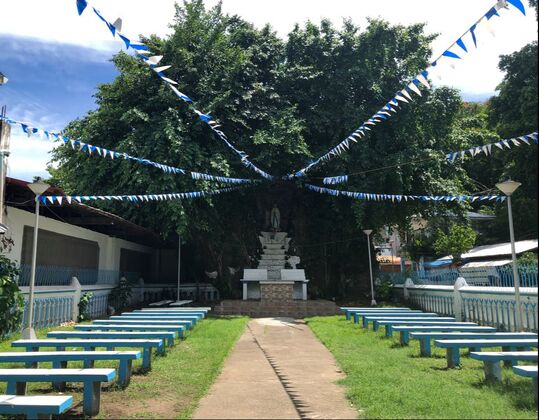
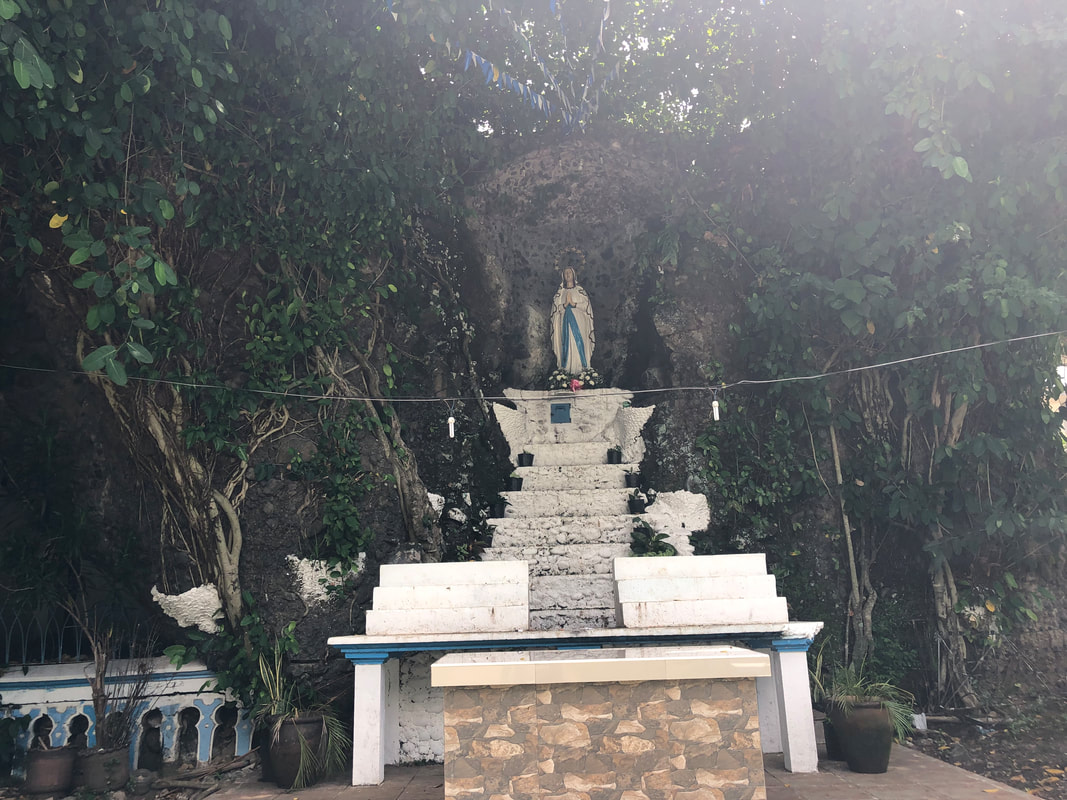

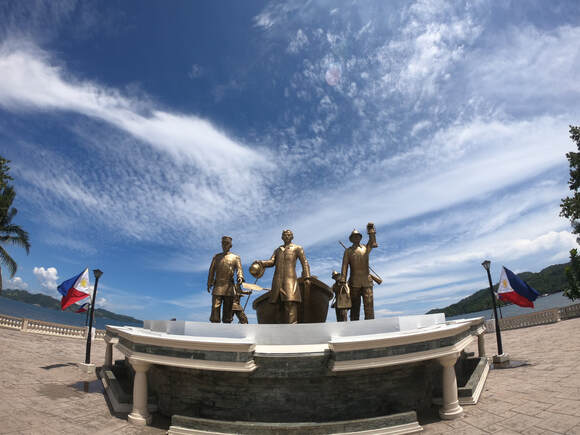
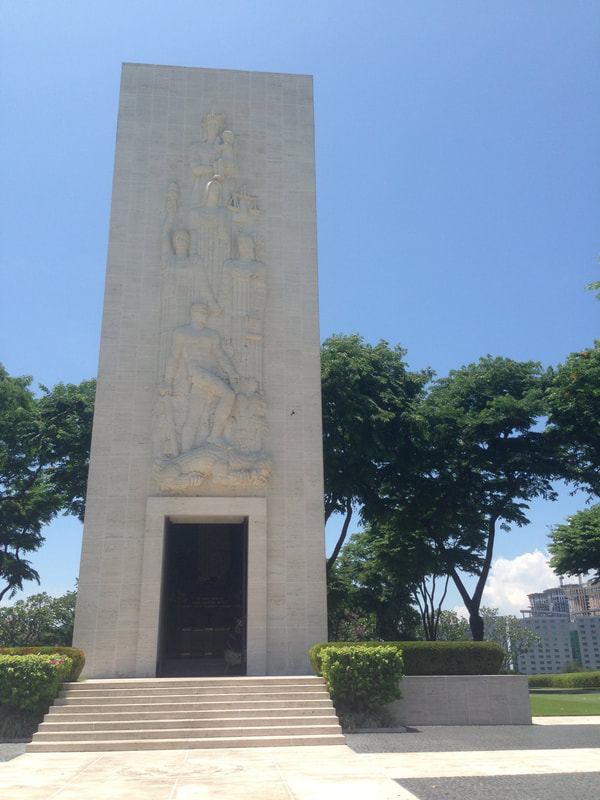
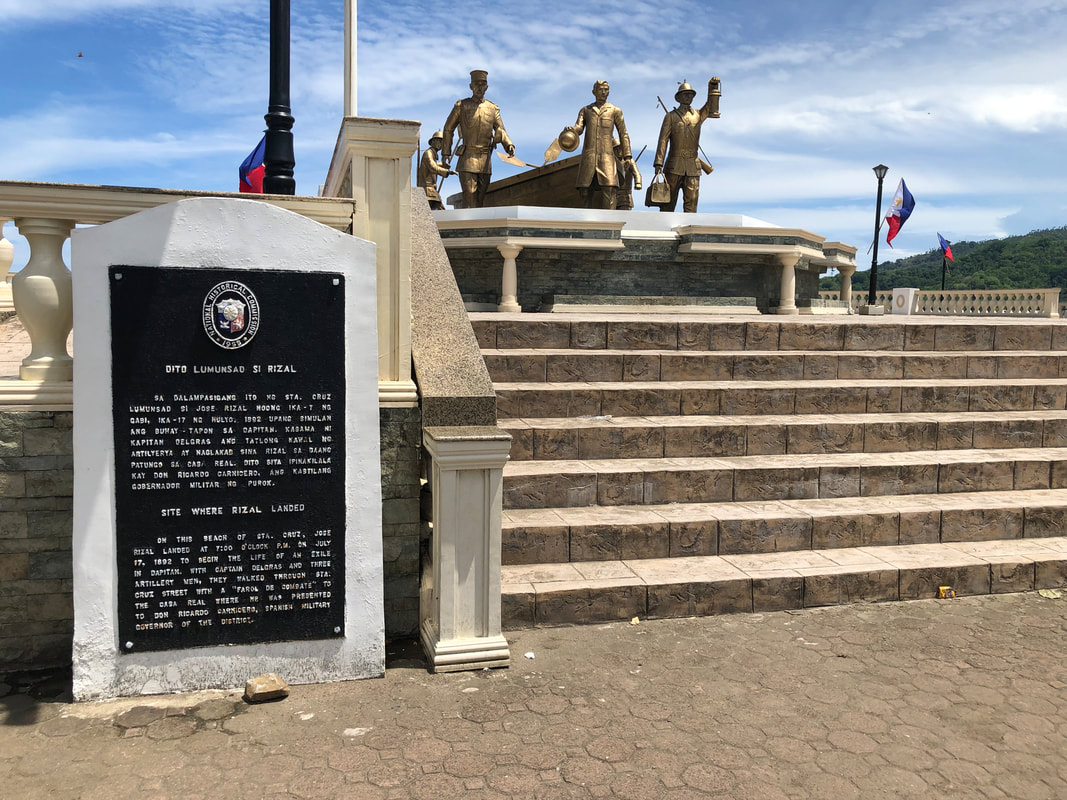
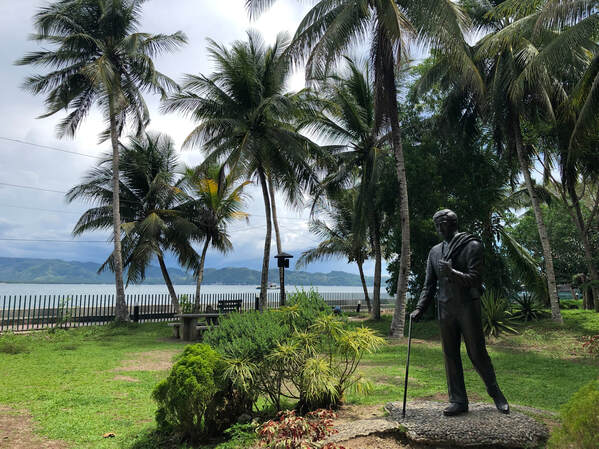
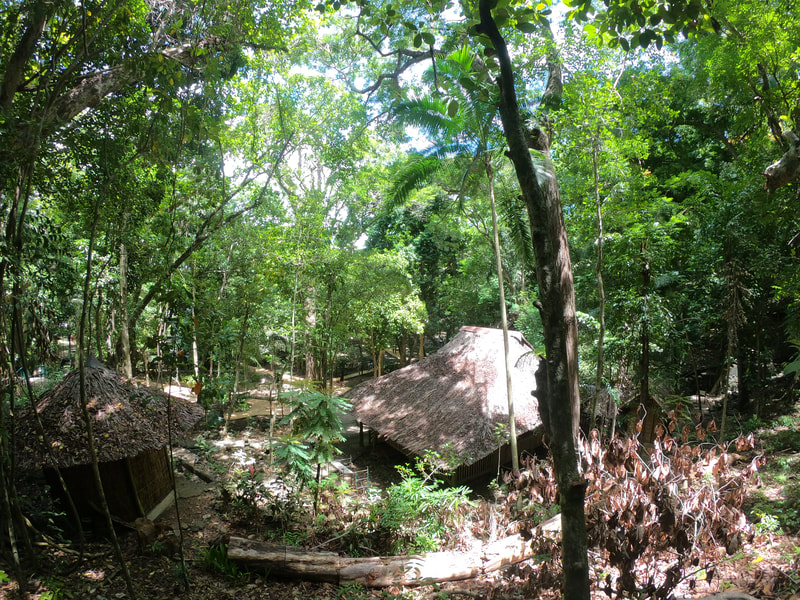
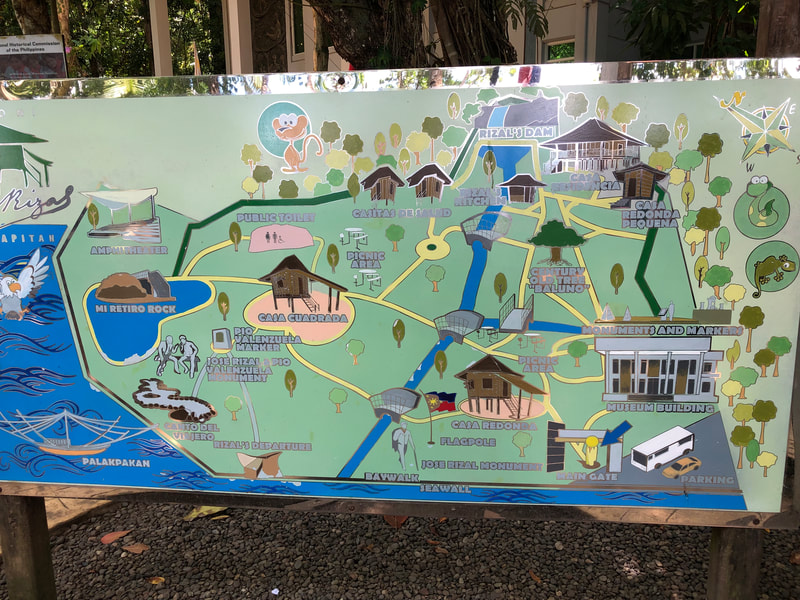
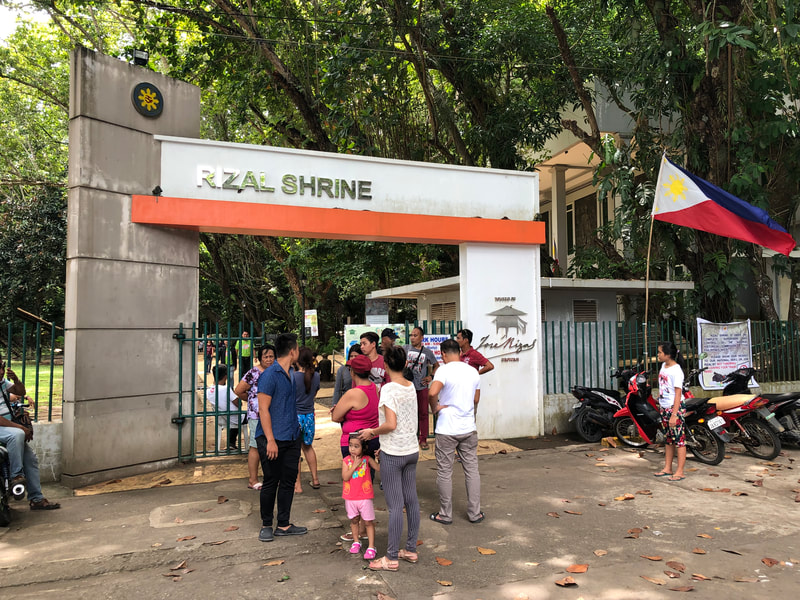
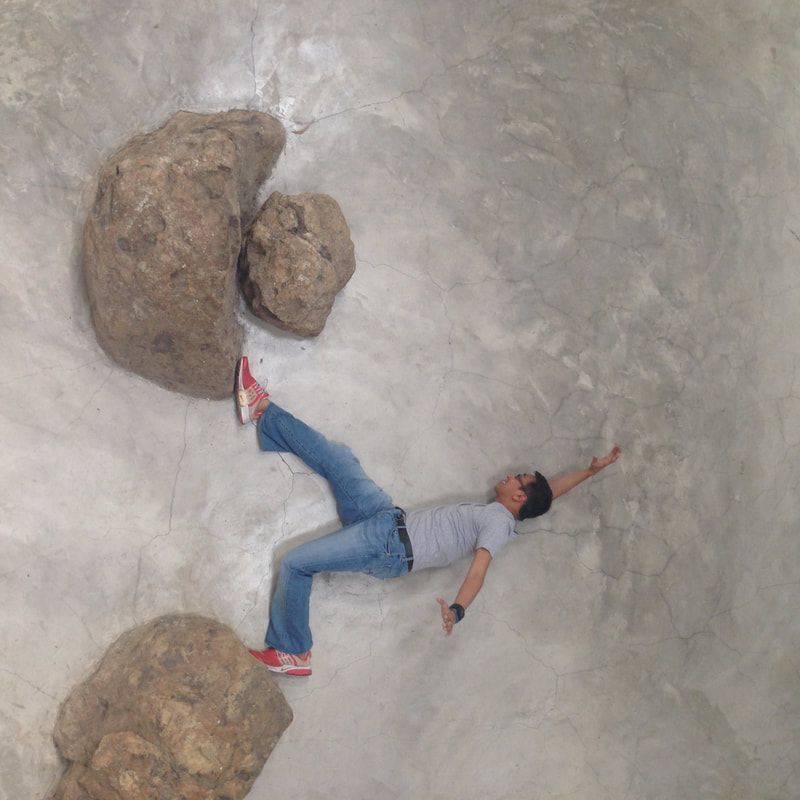
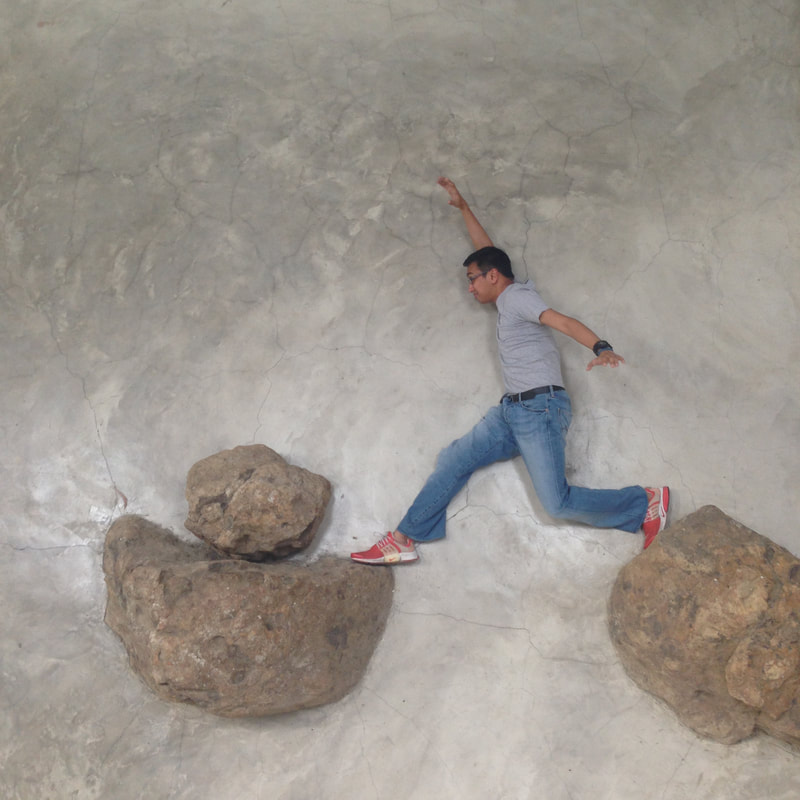
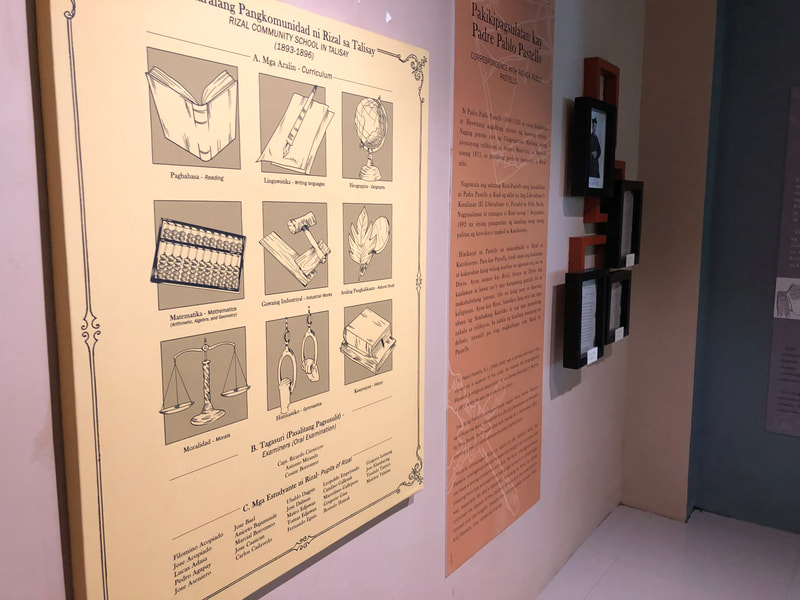
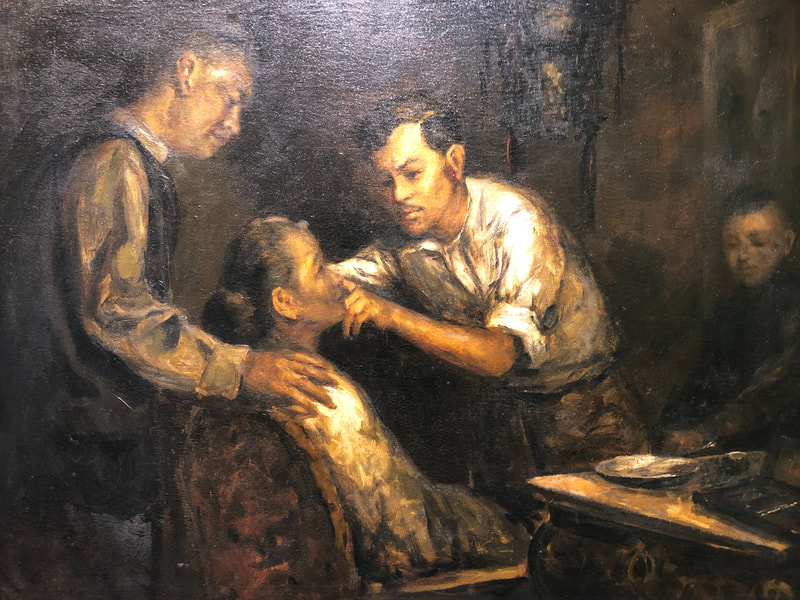
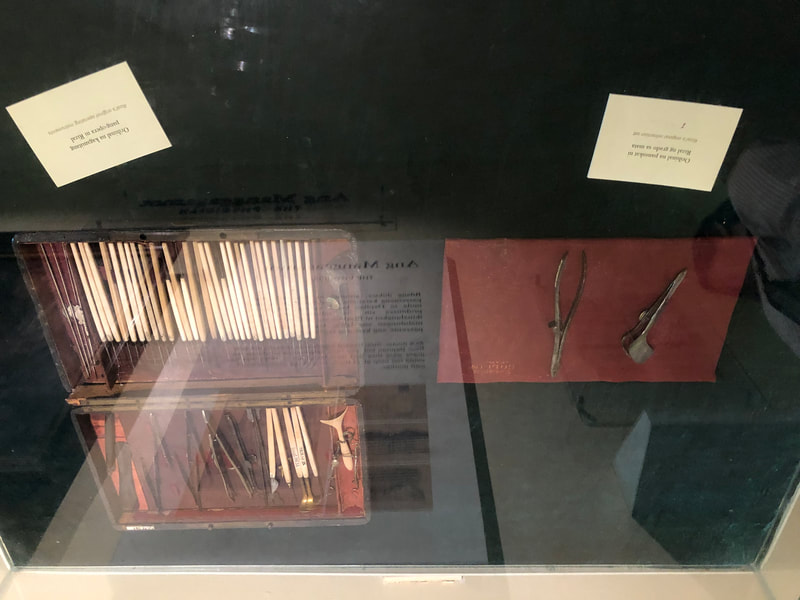
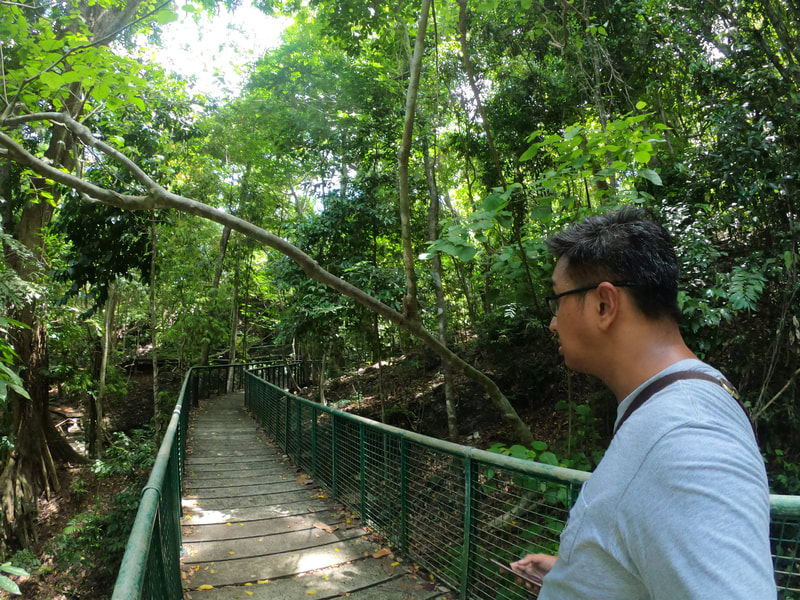
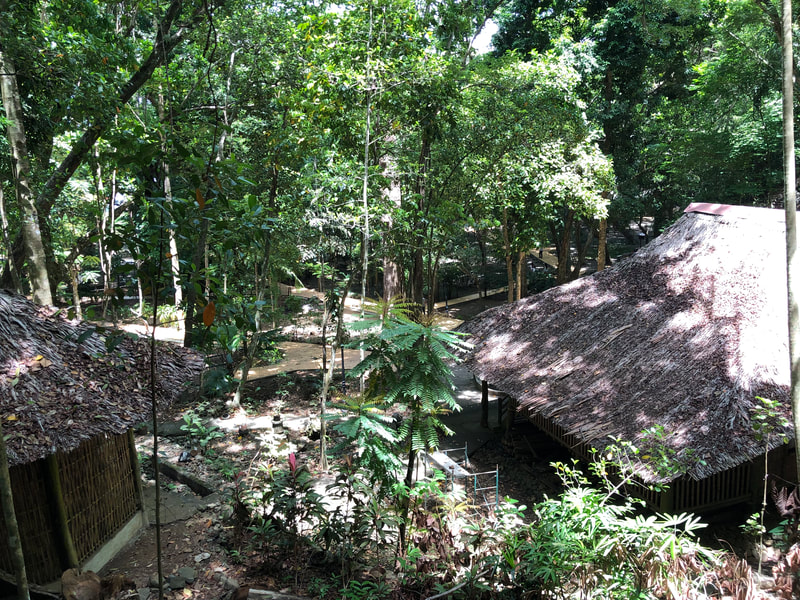
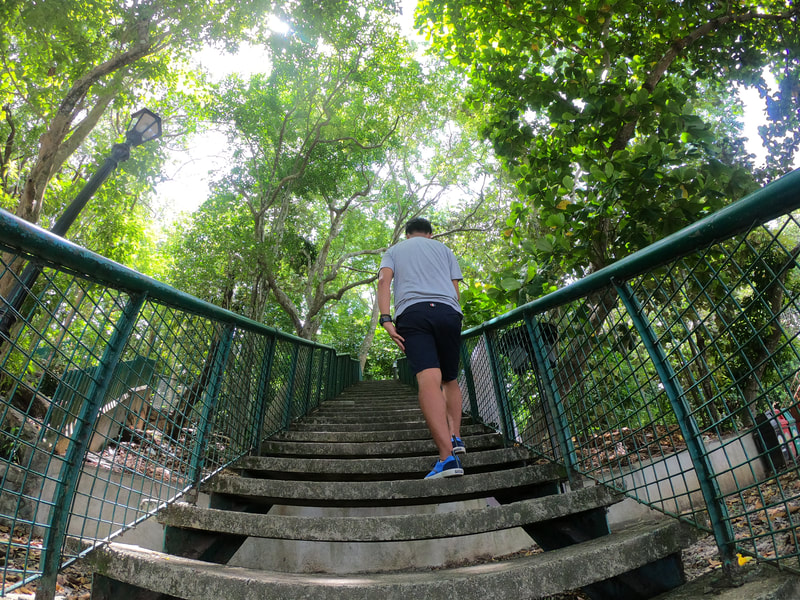
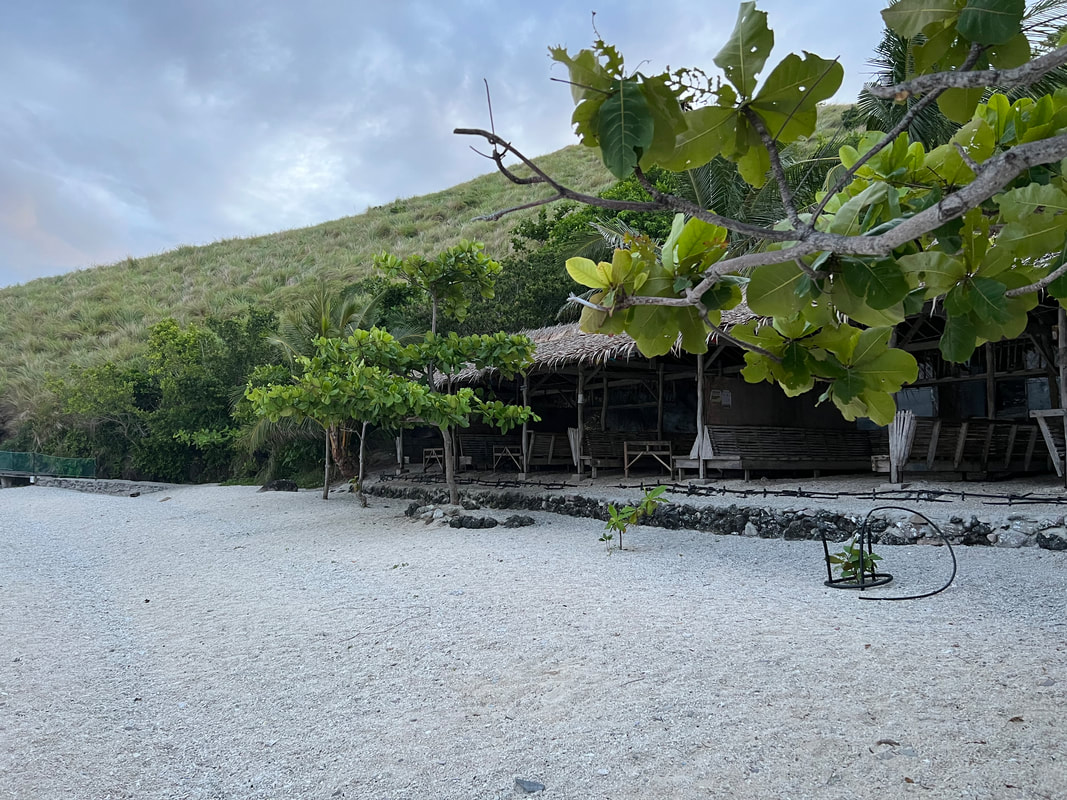
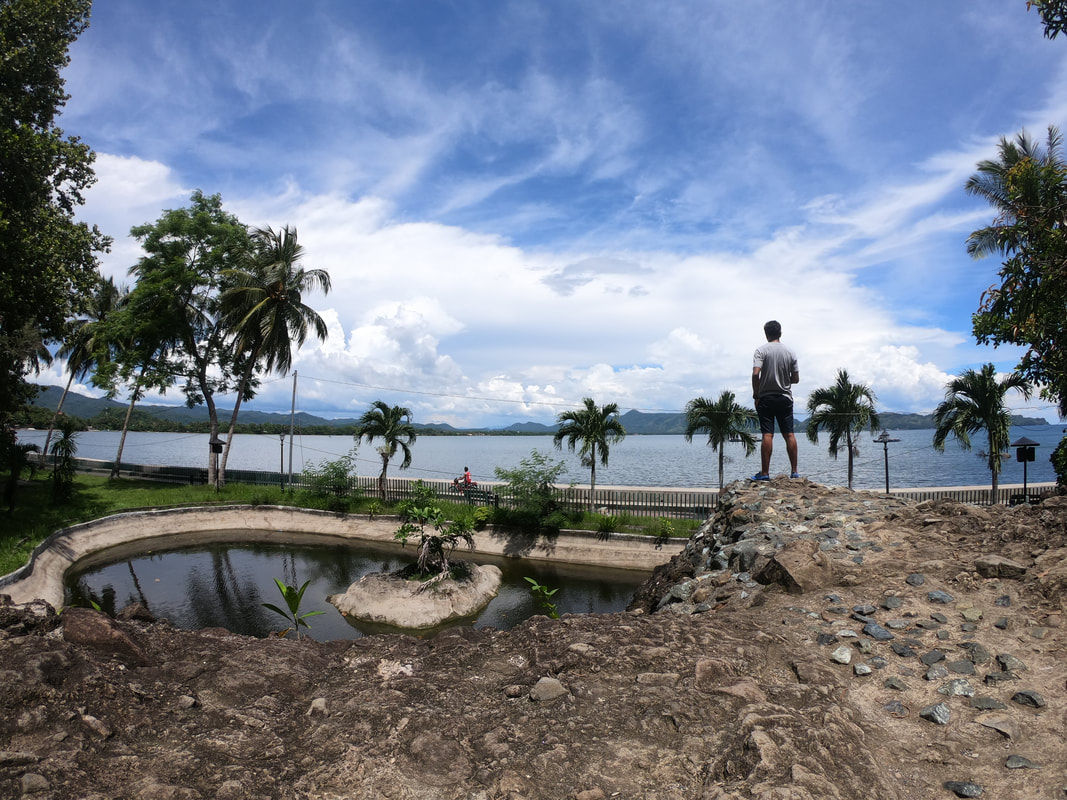
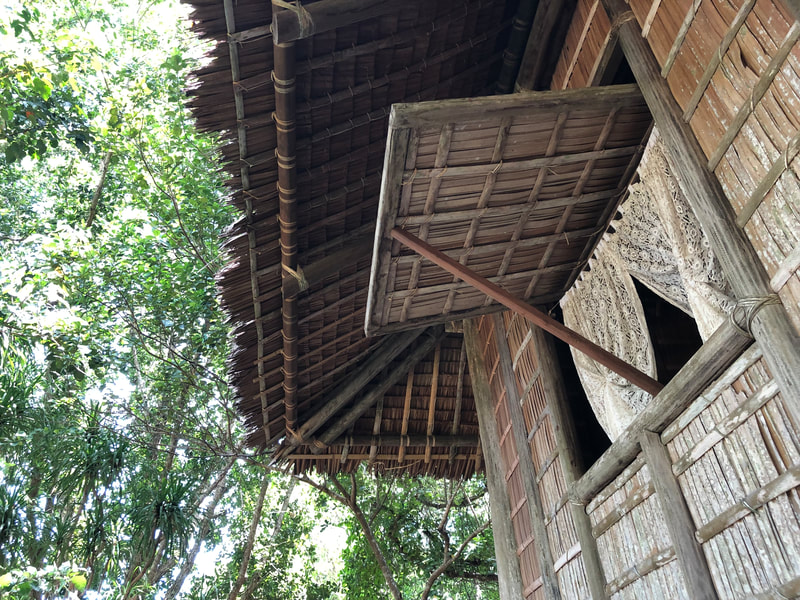
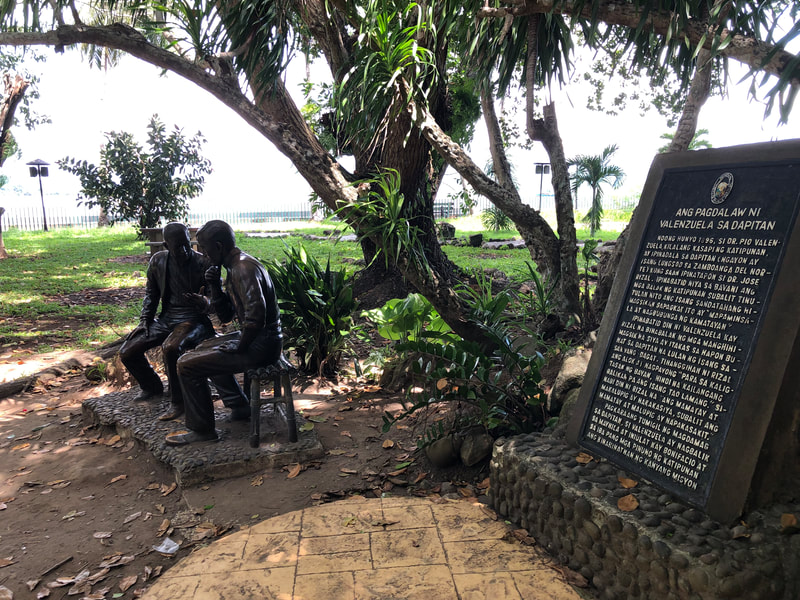
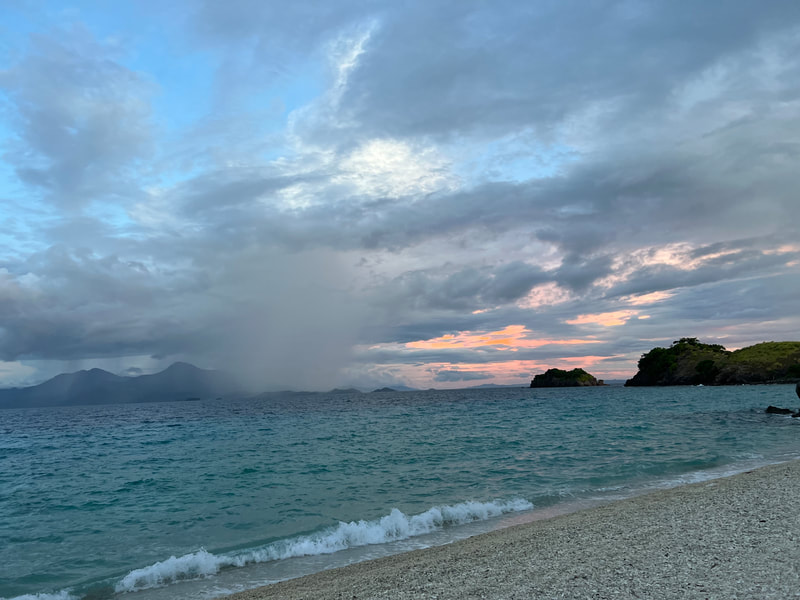
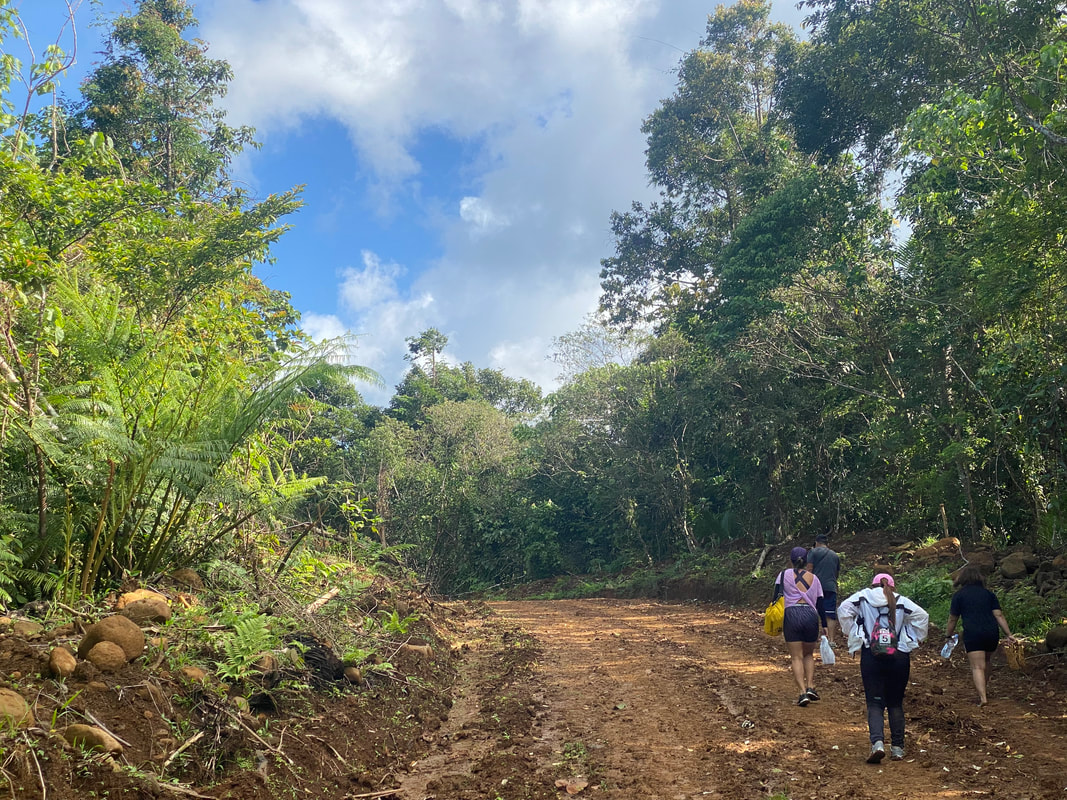
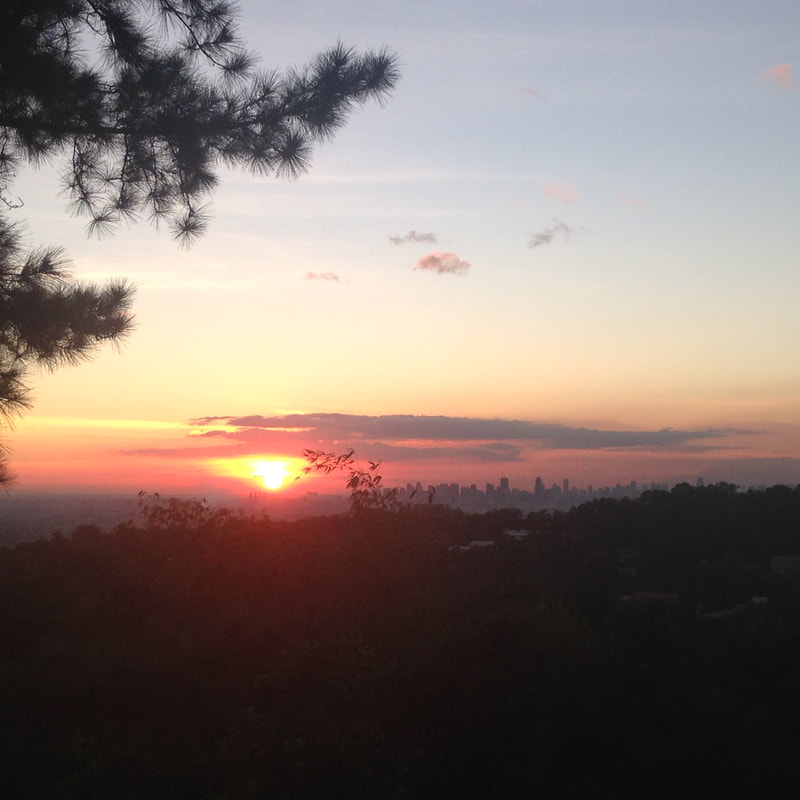
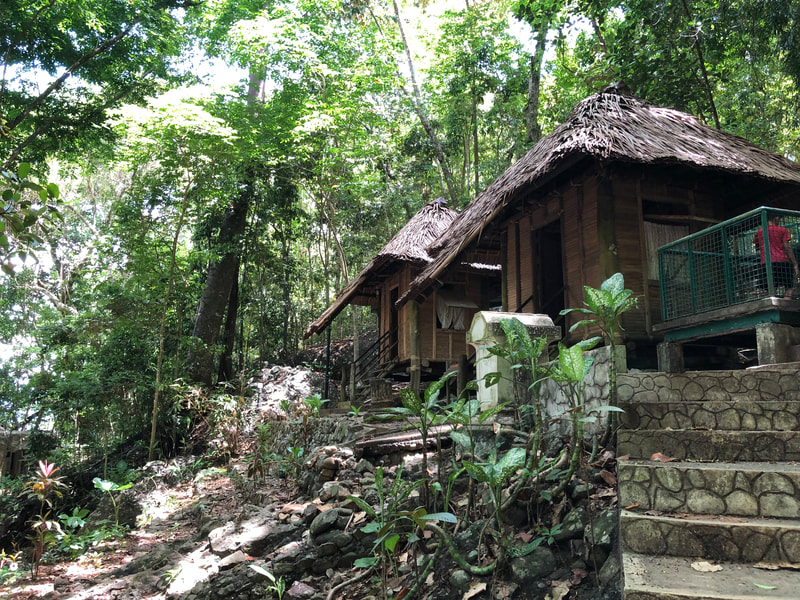
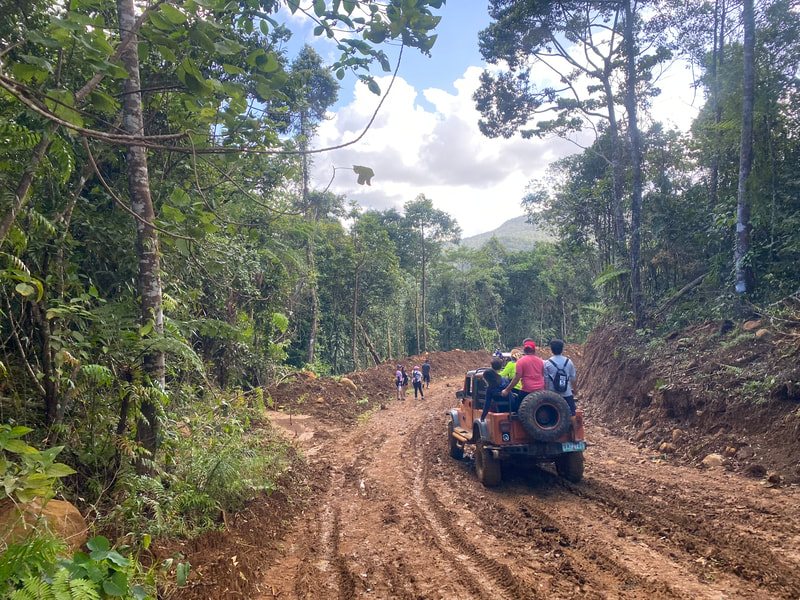
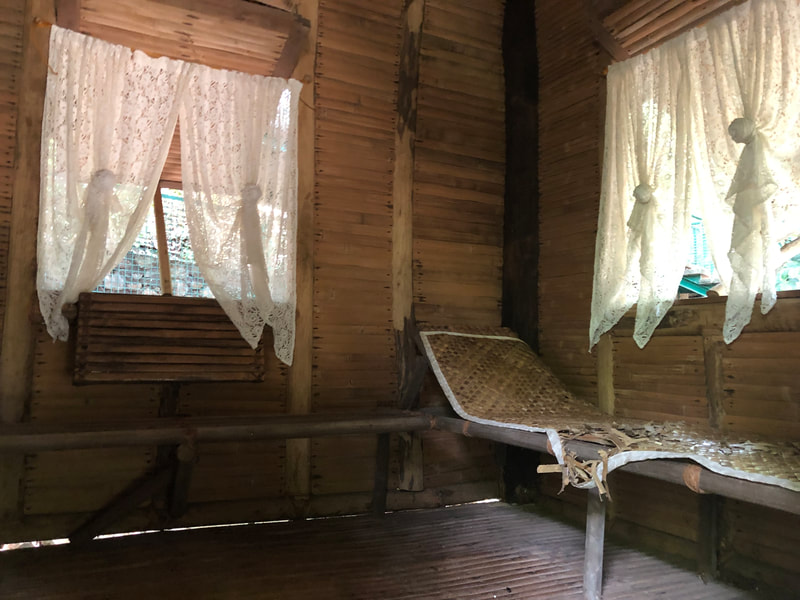
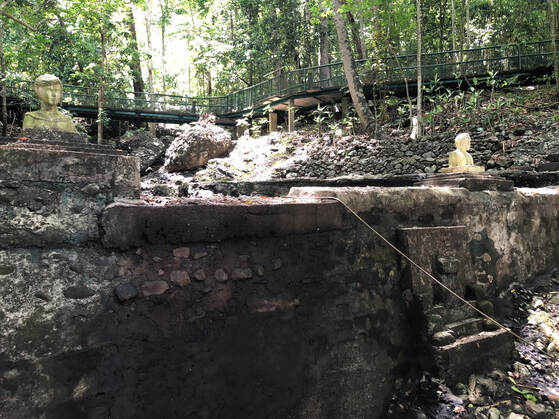
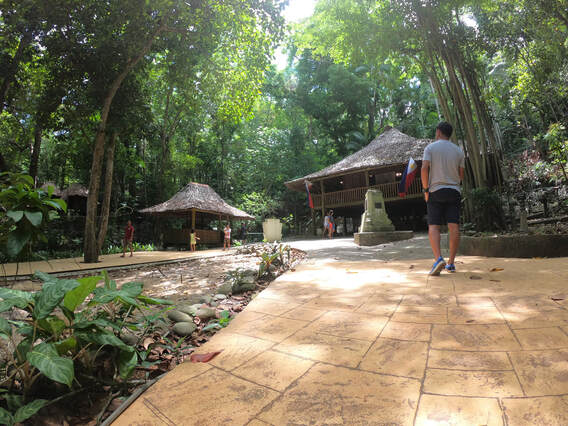
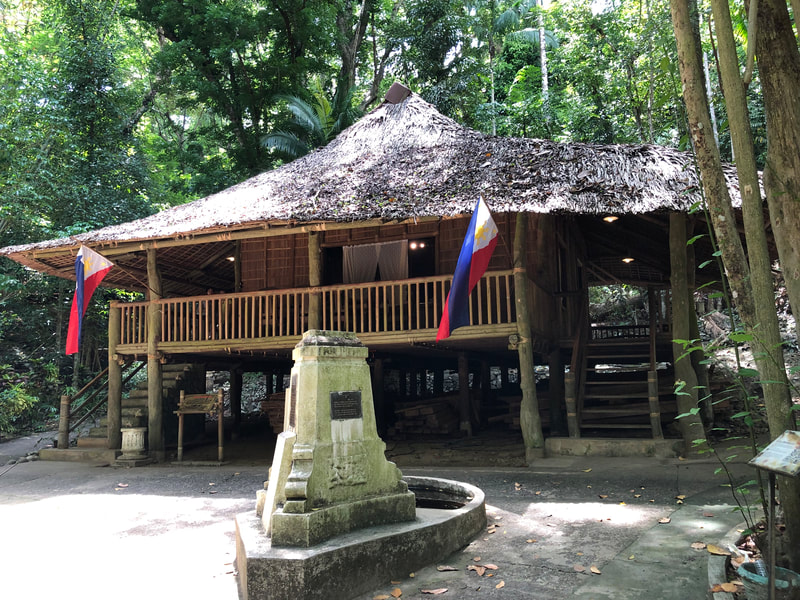
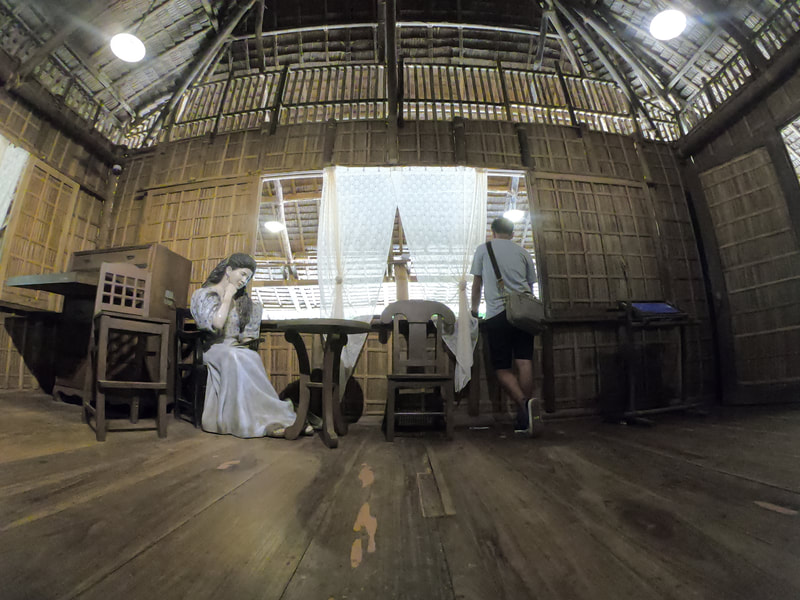

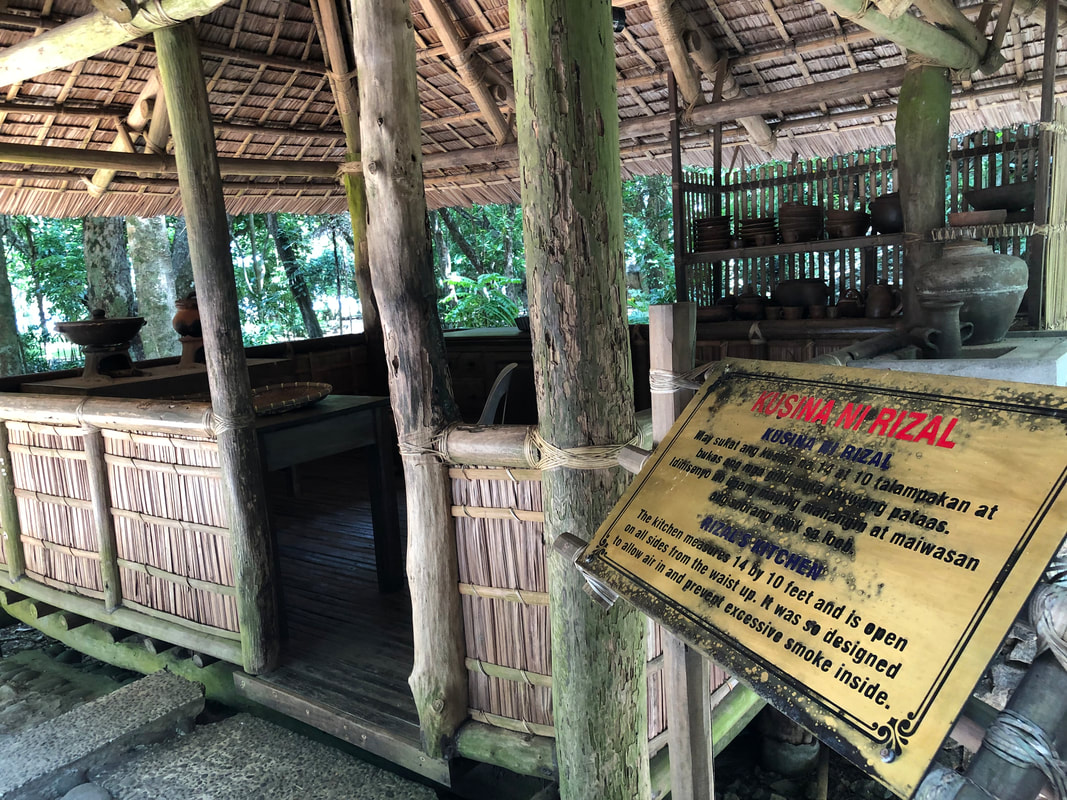
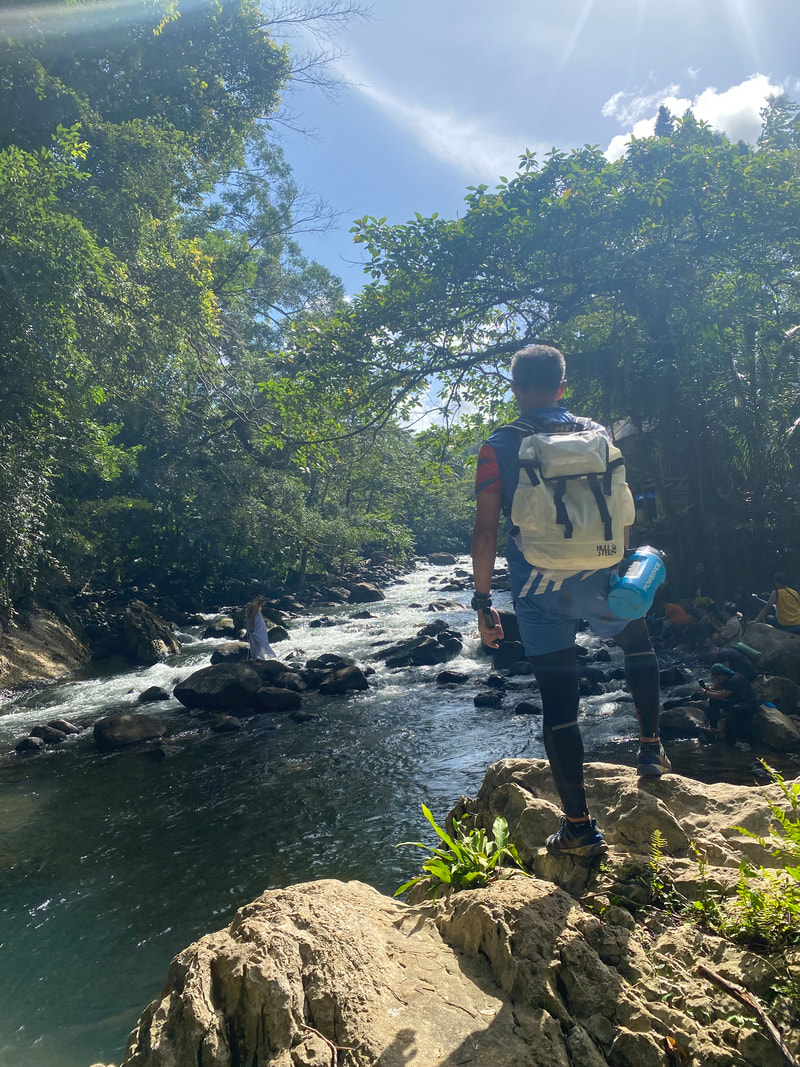
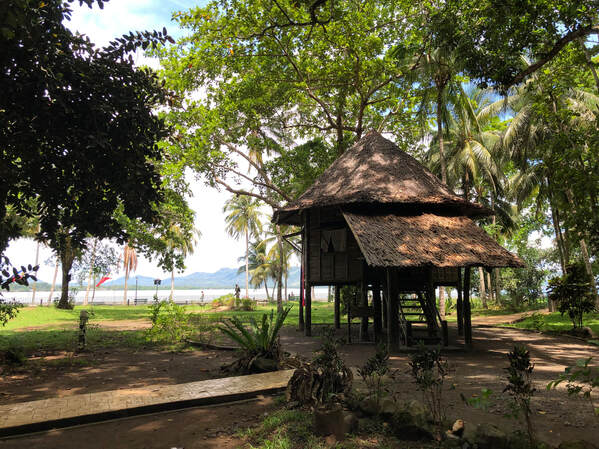
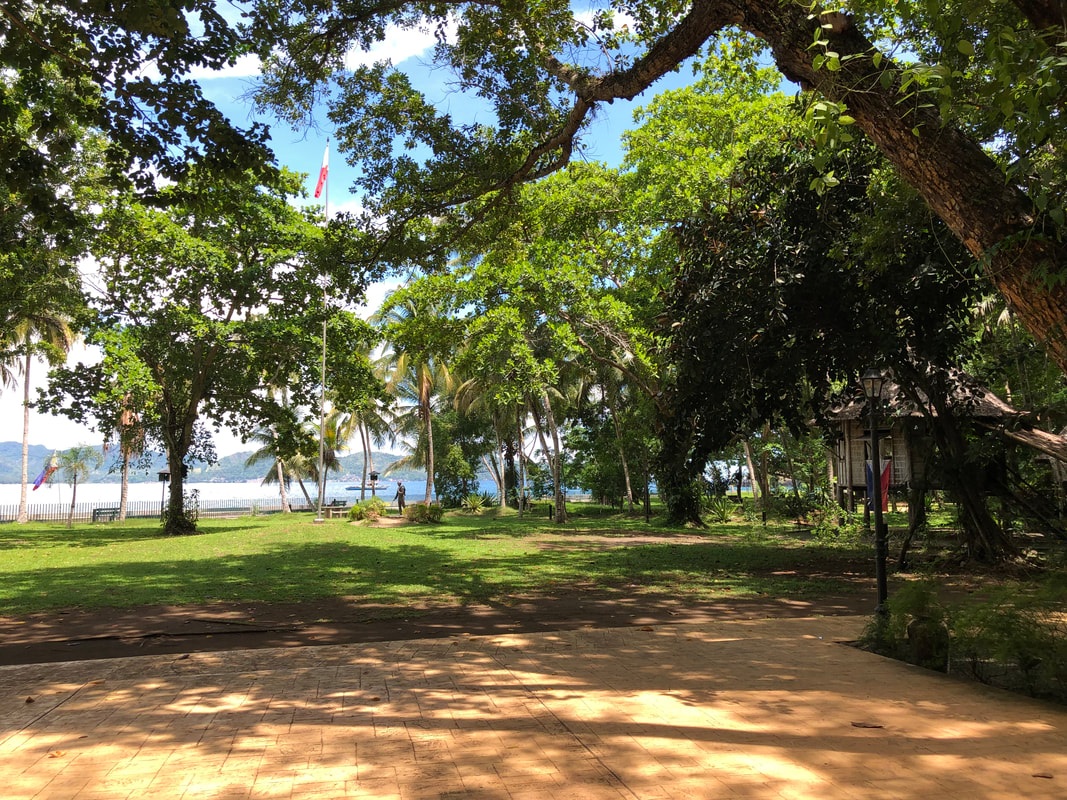
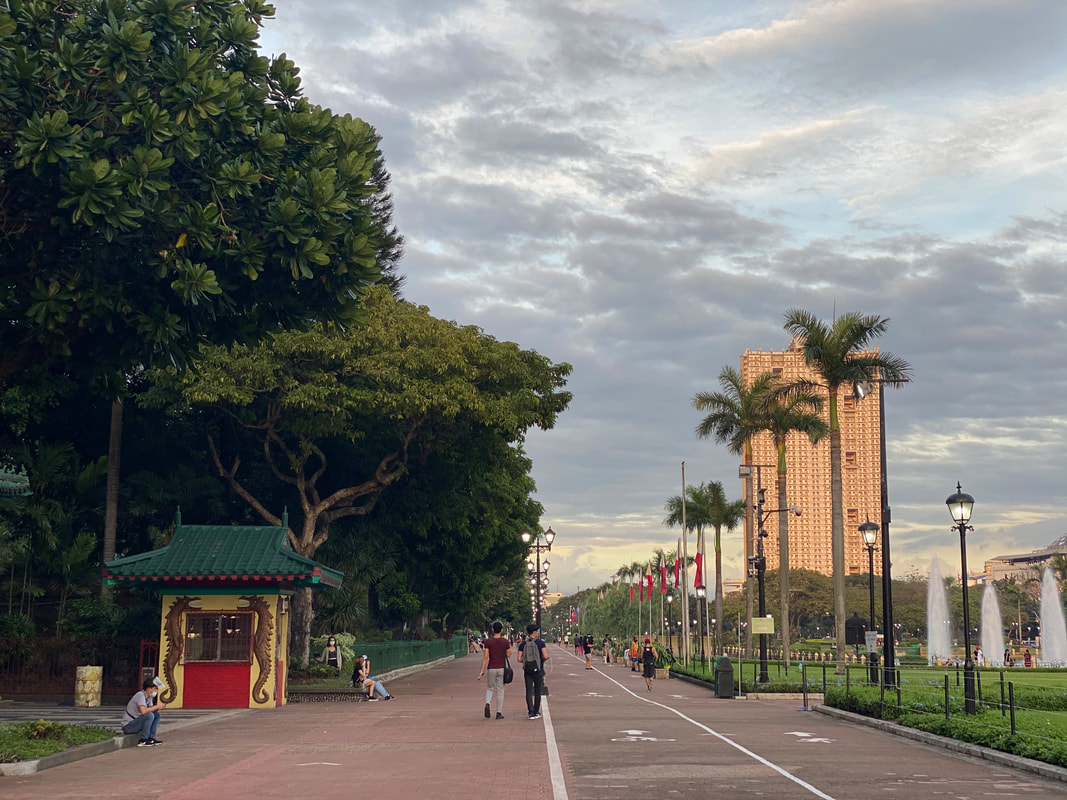
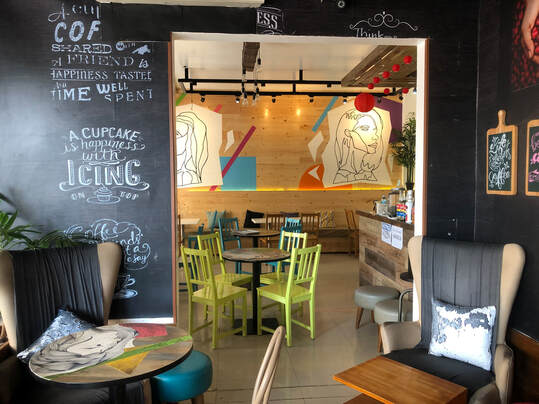





 RSS Feed
RSS Feed